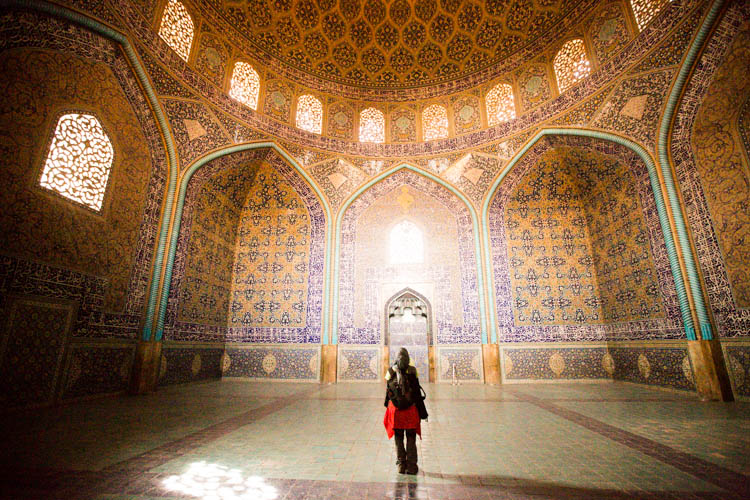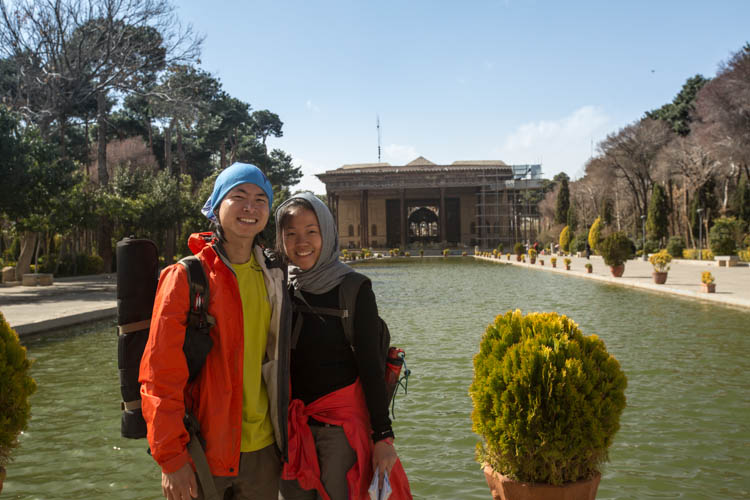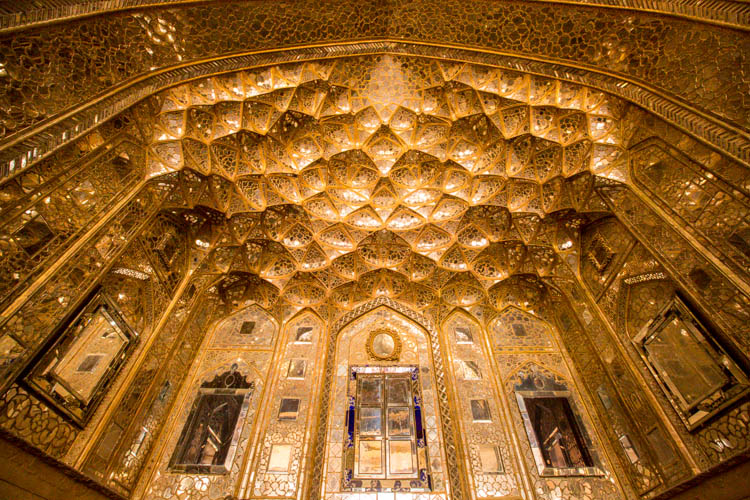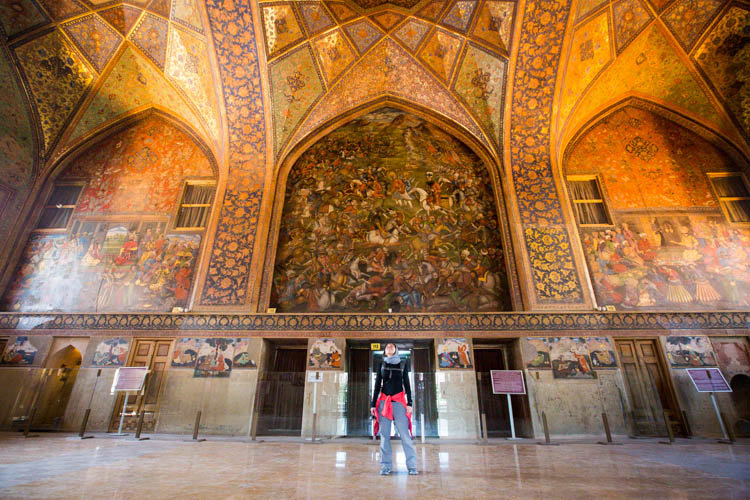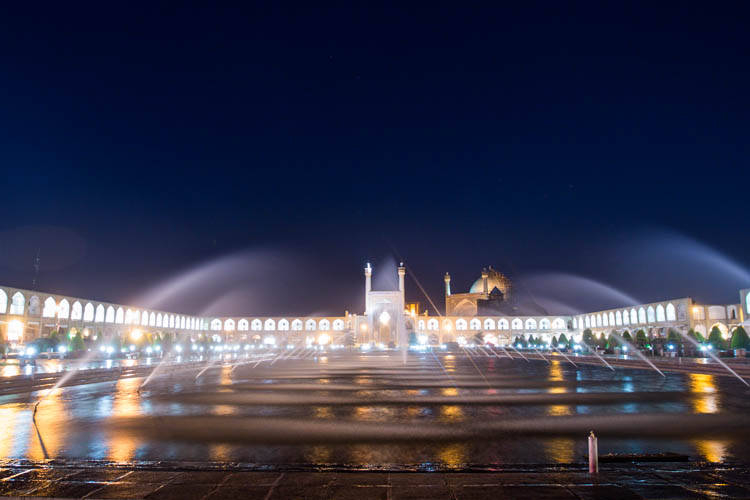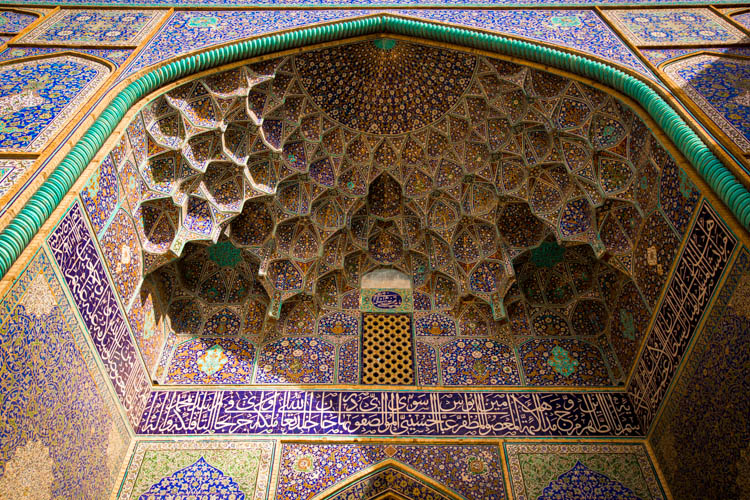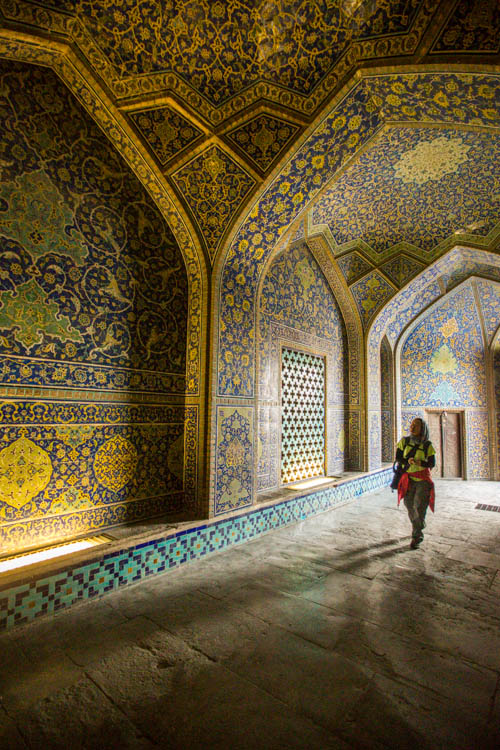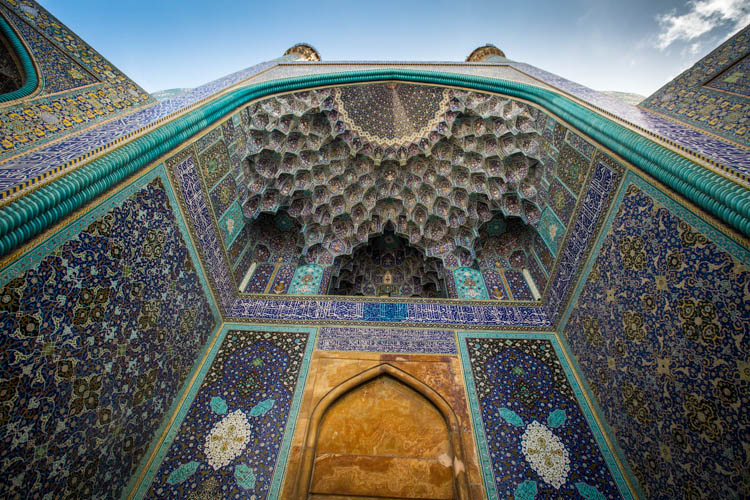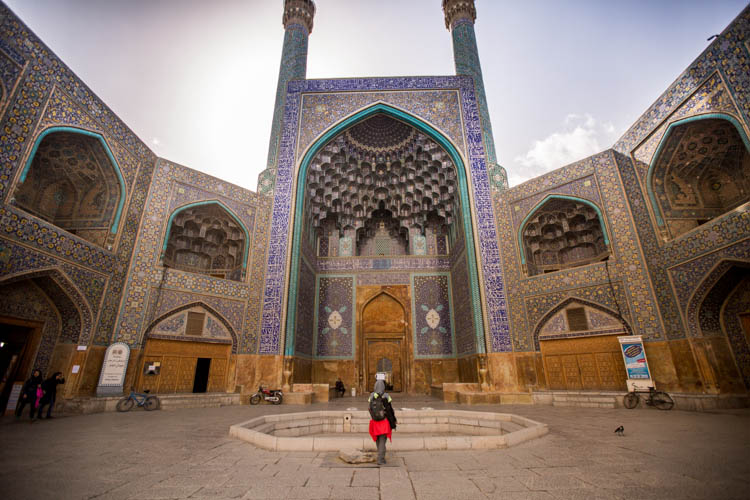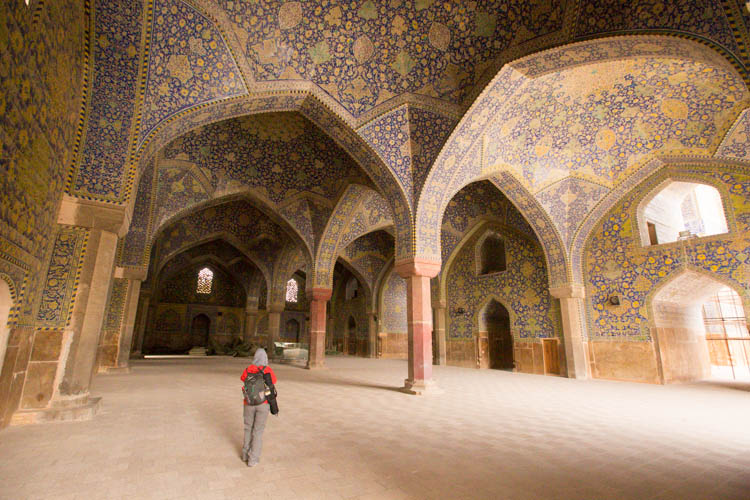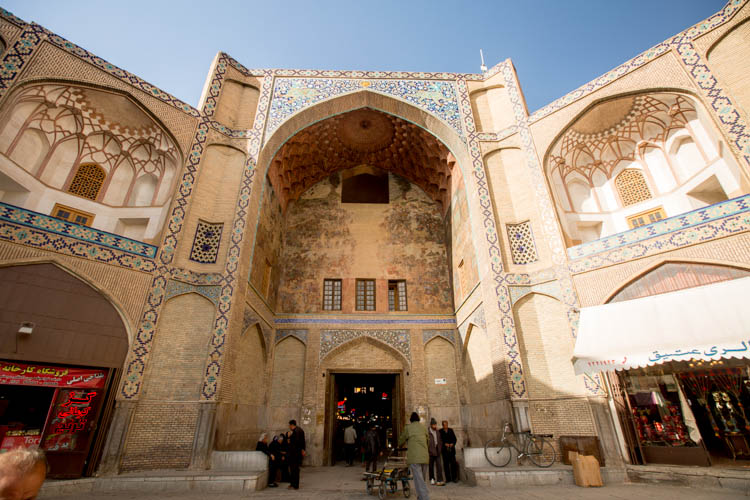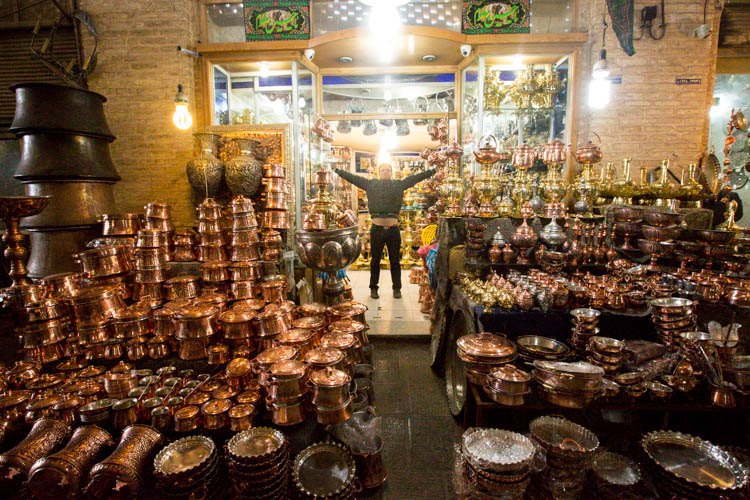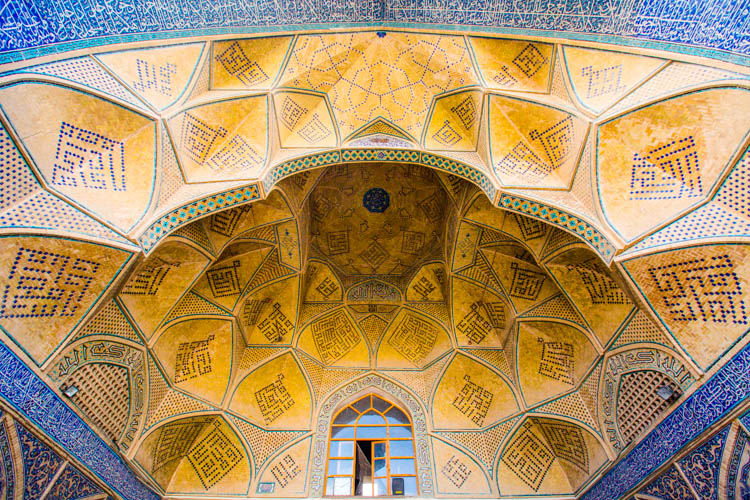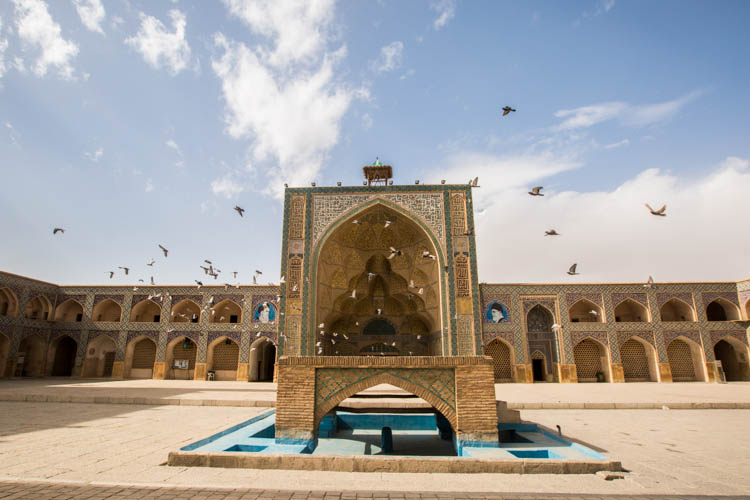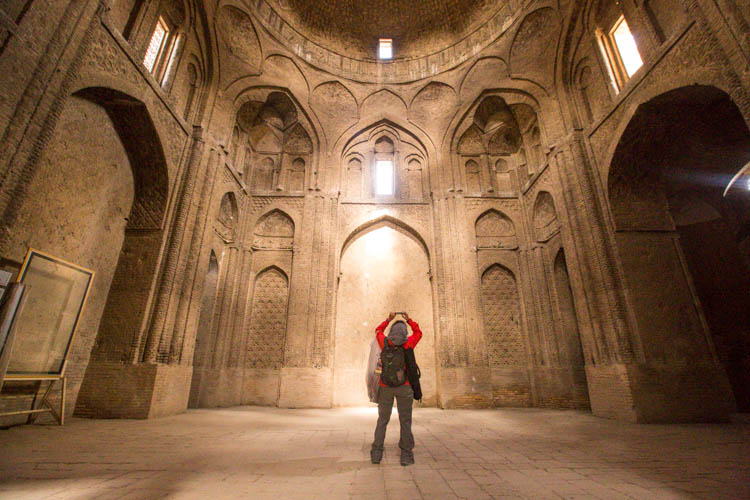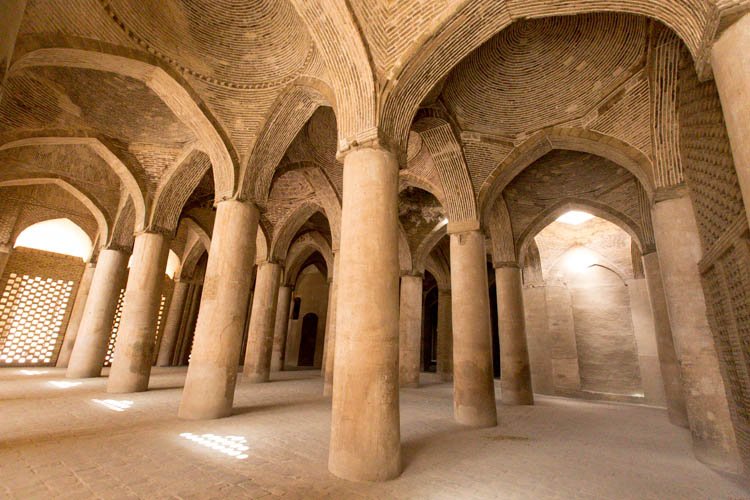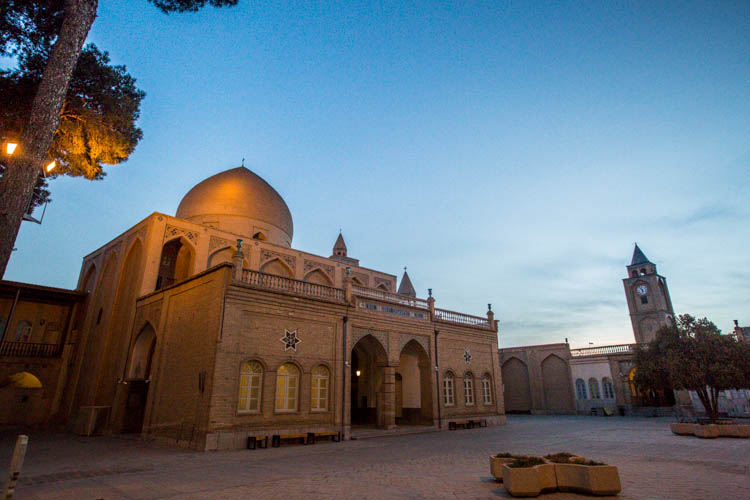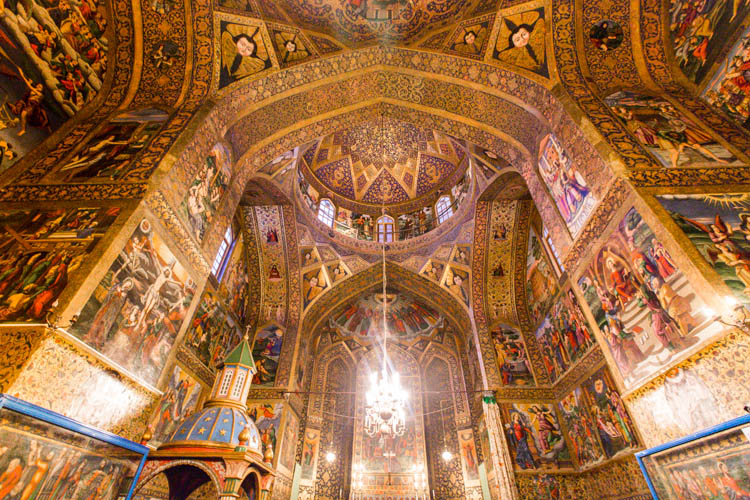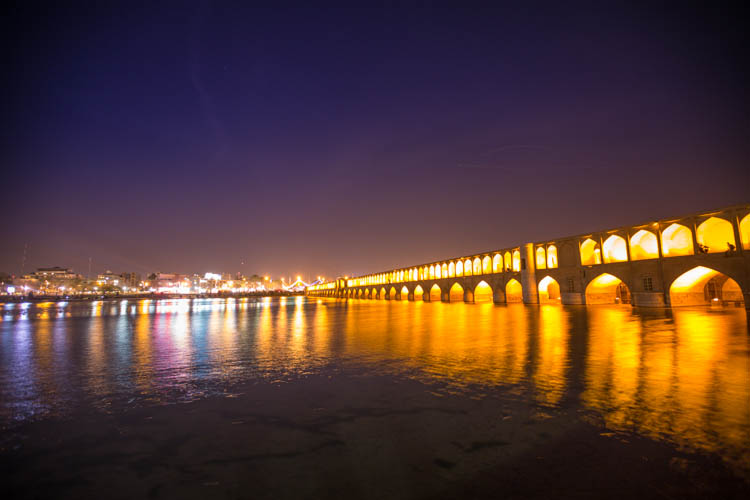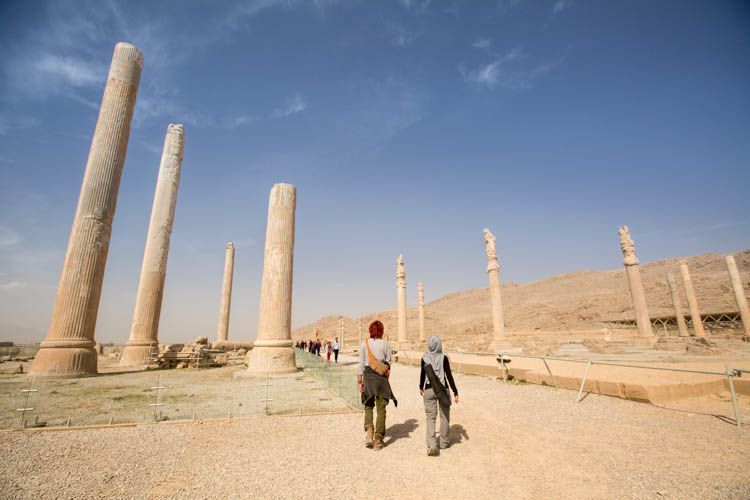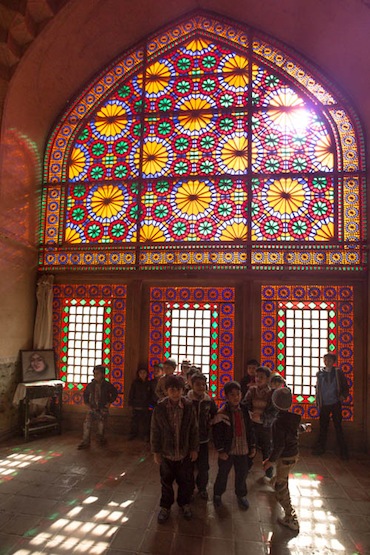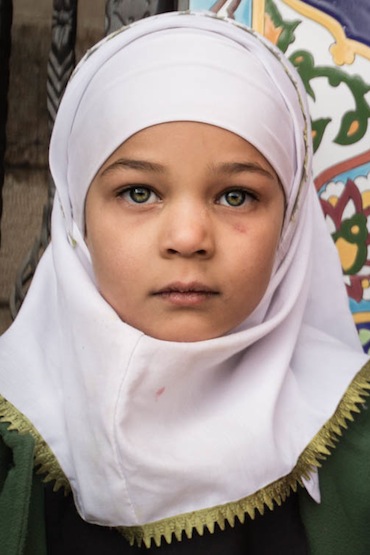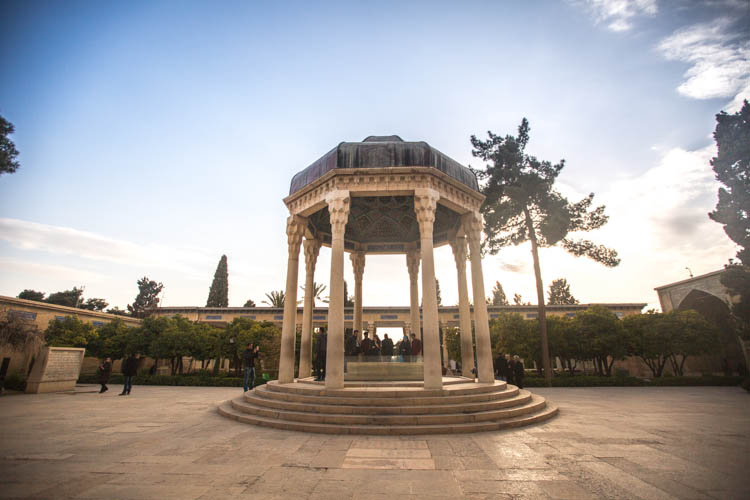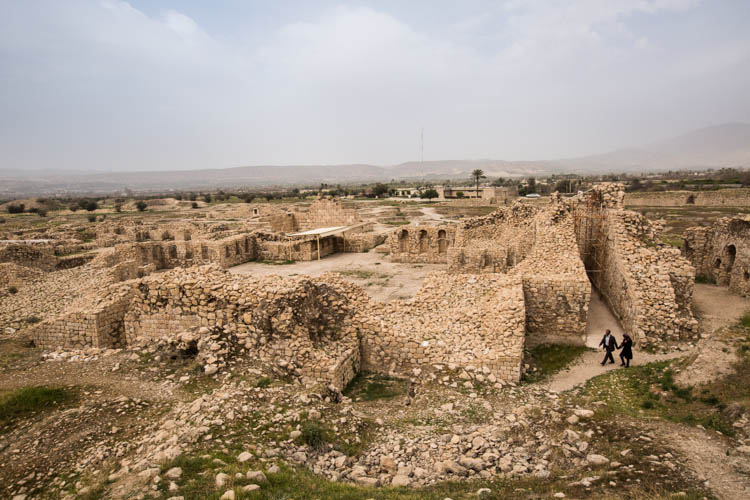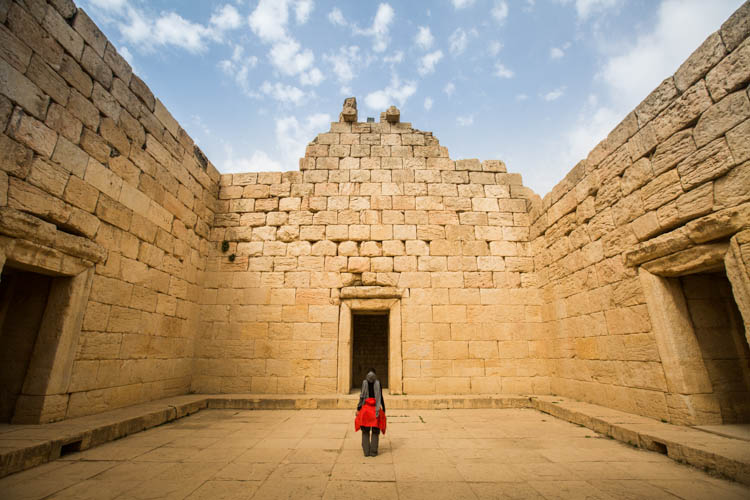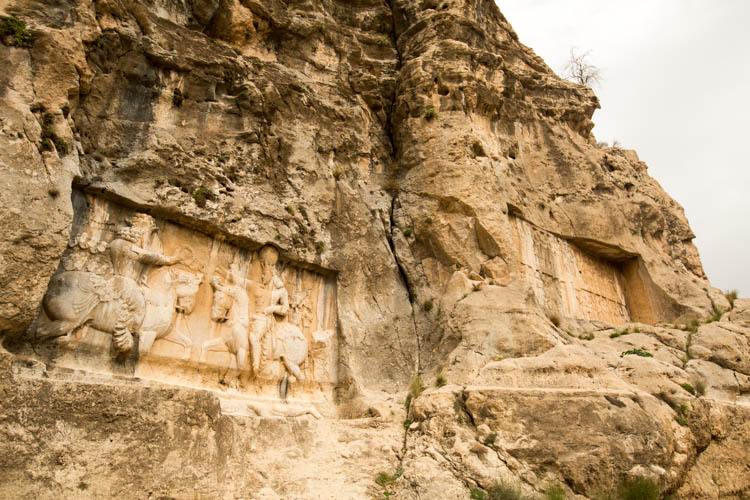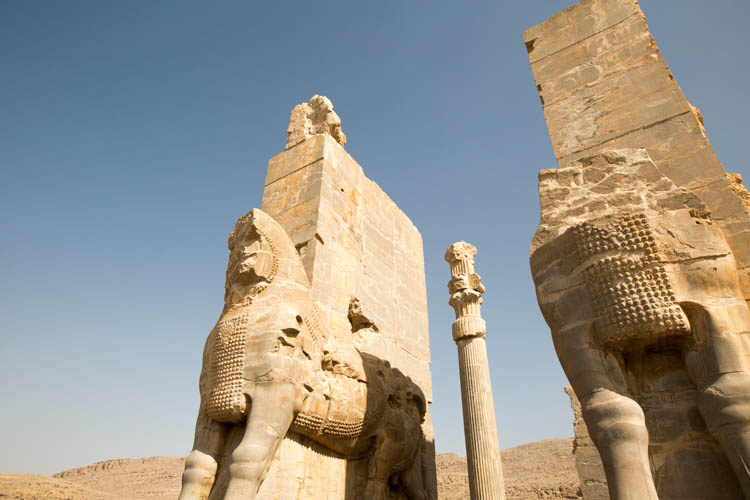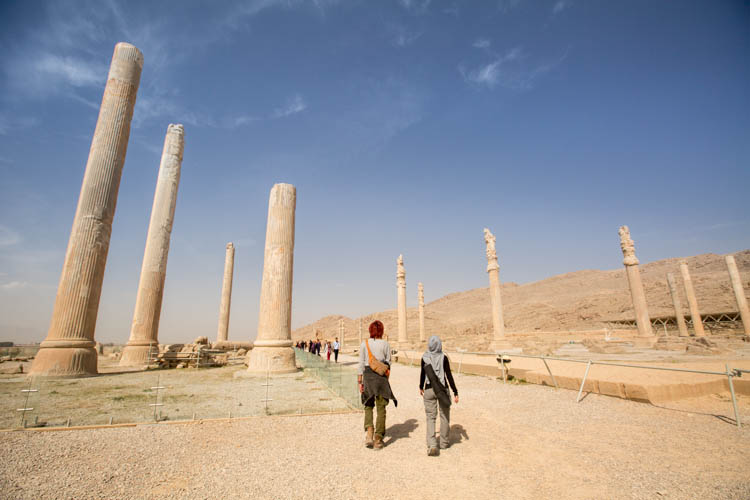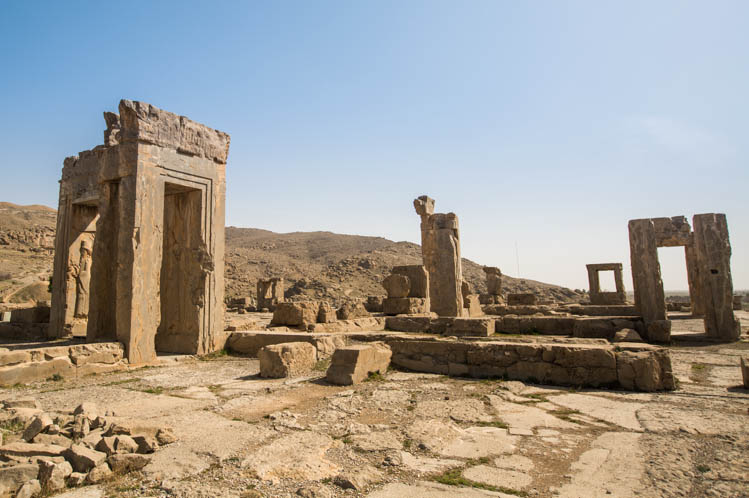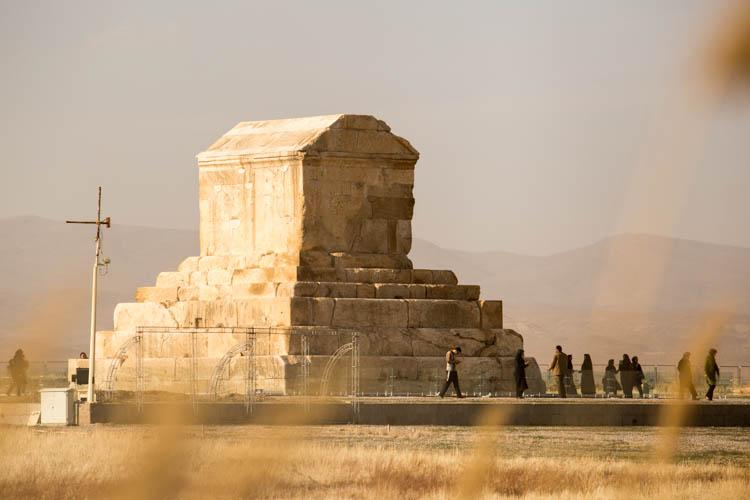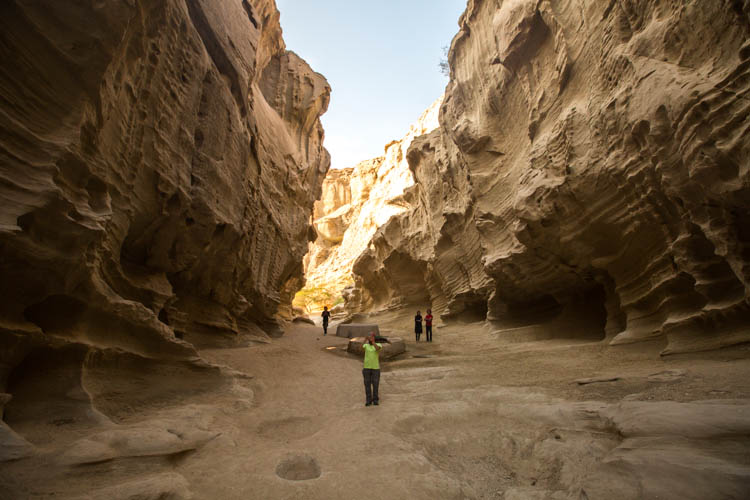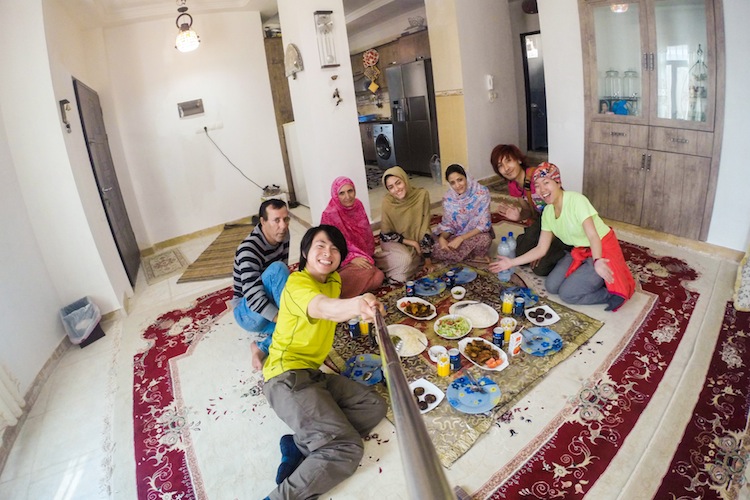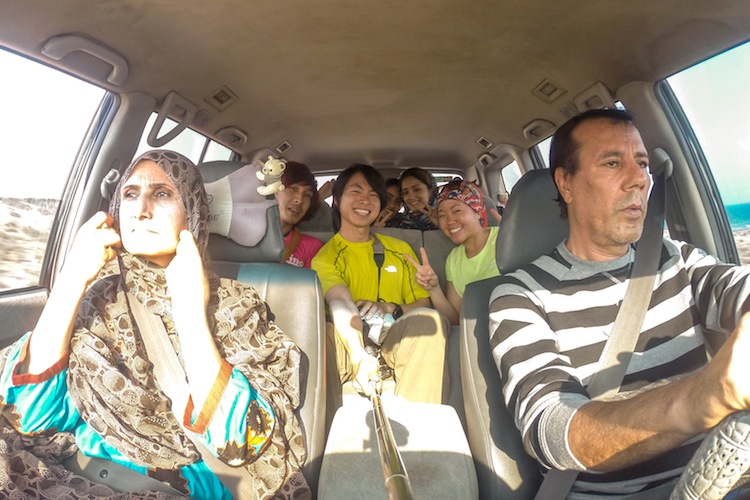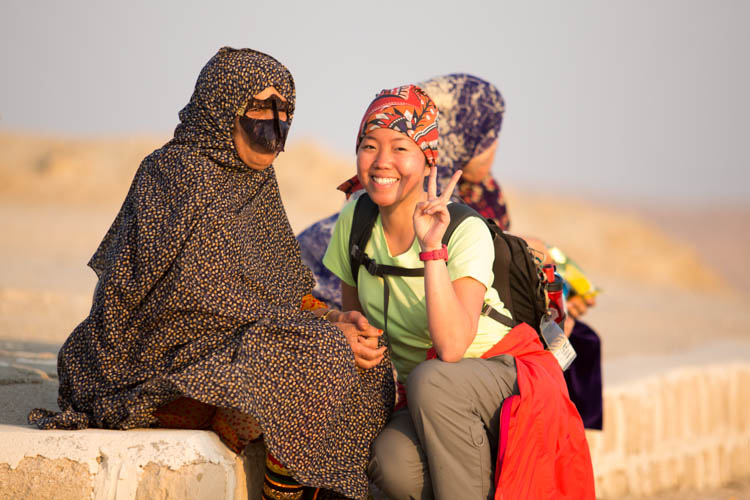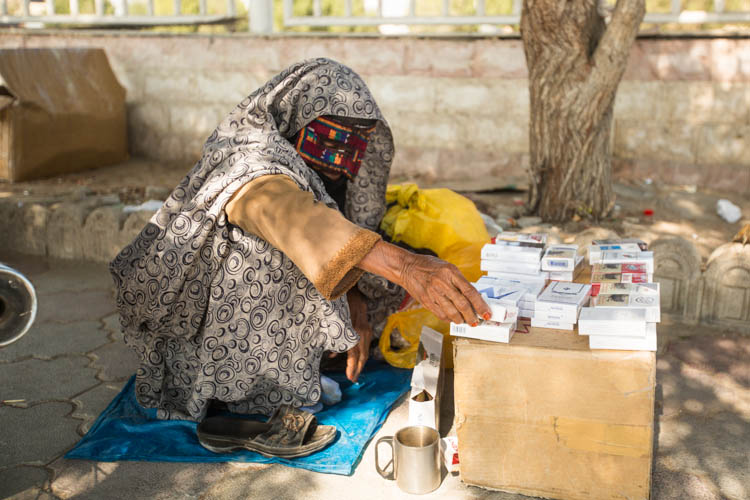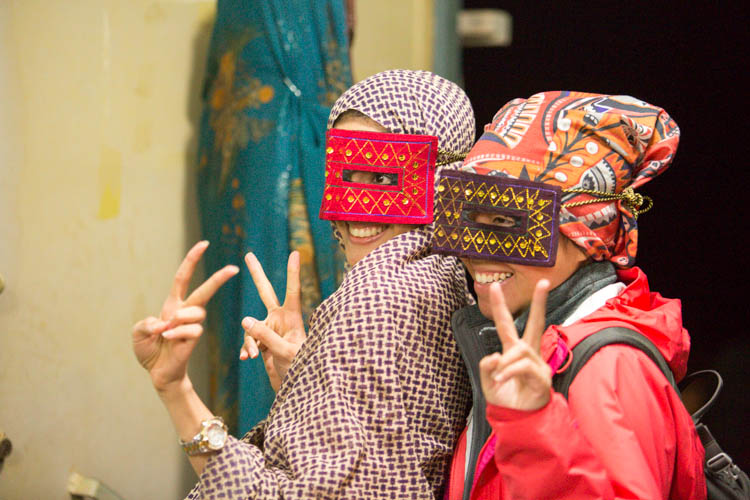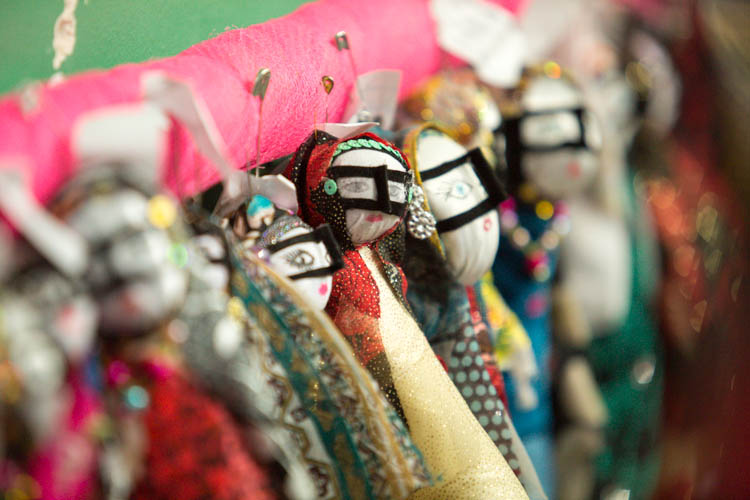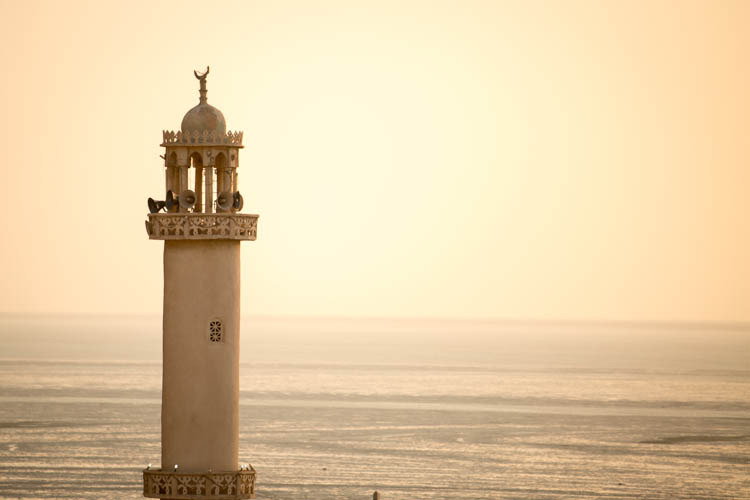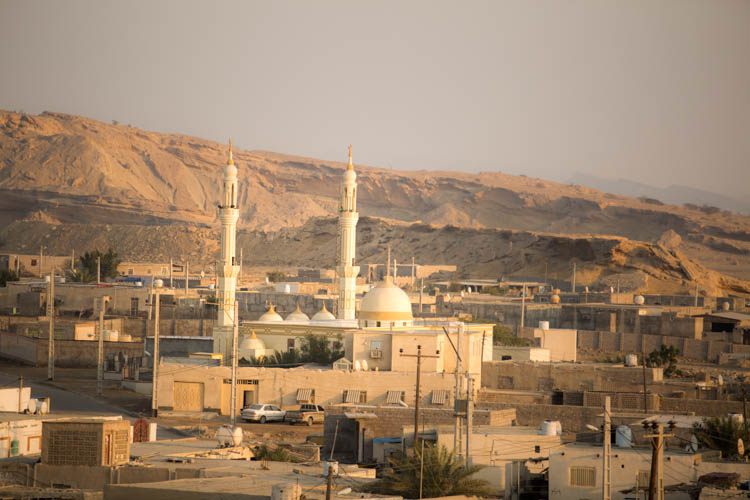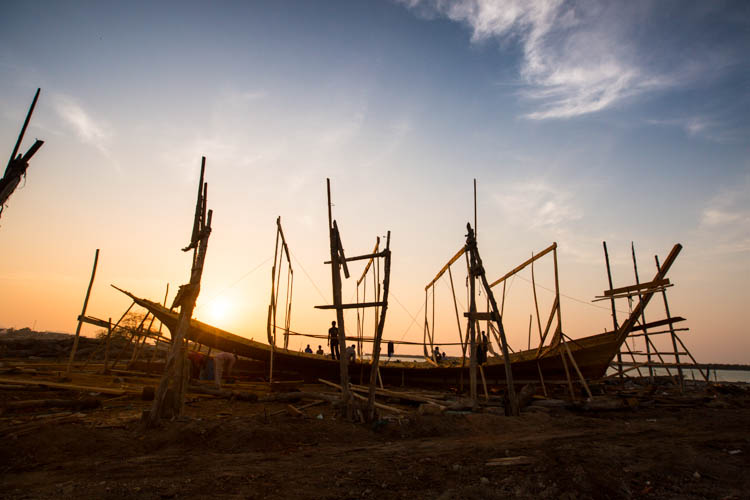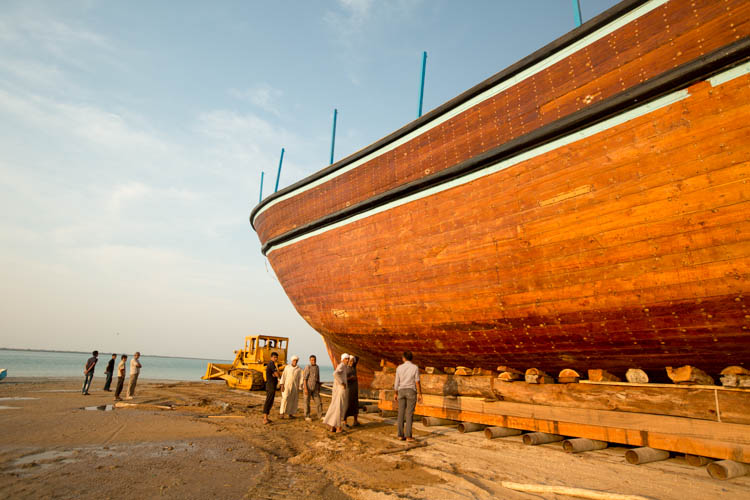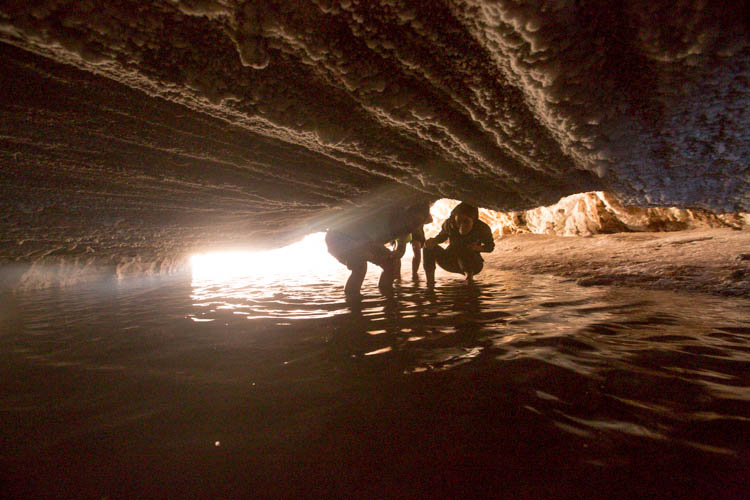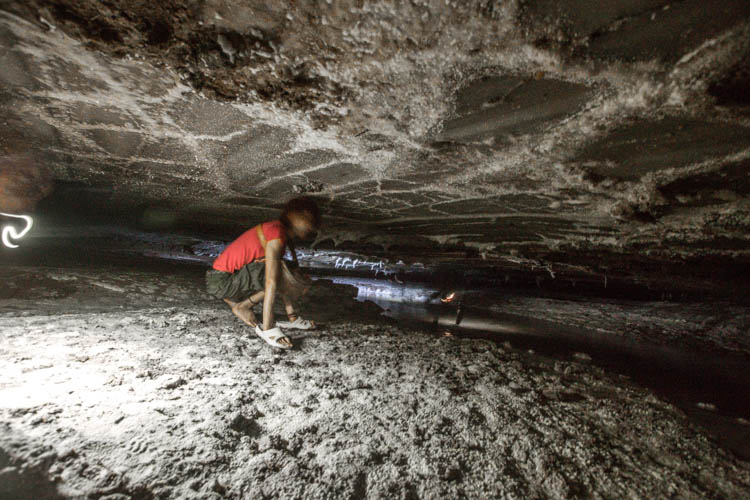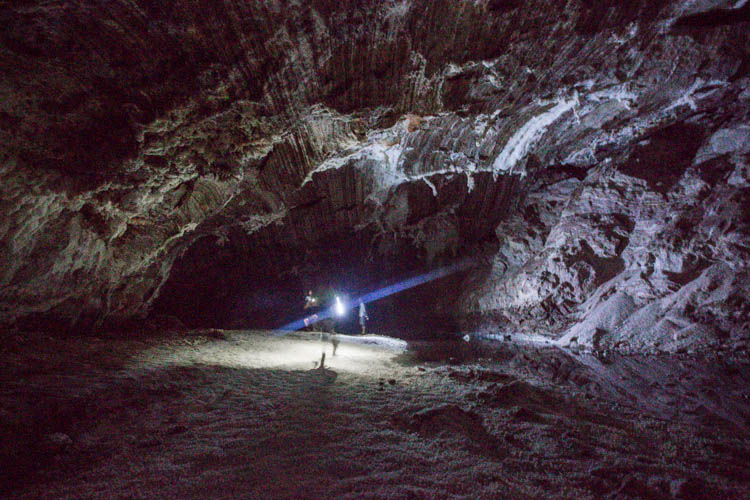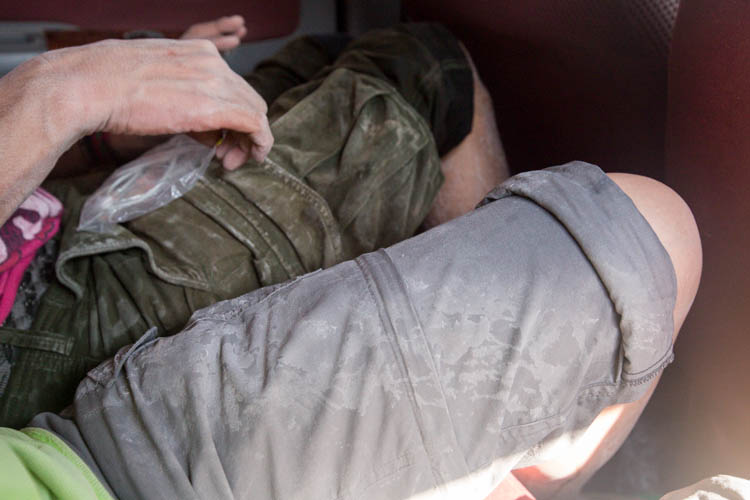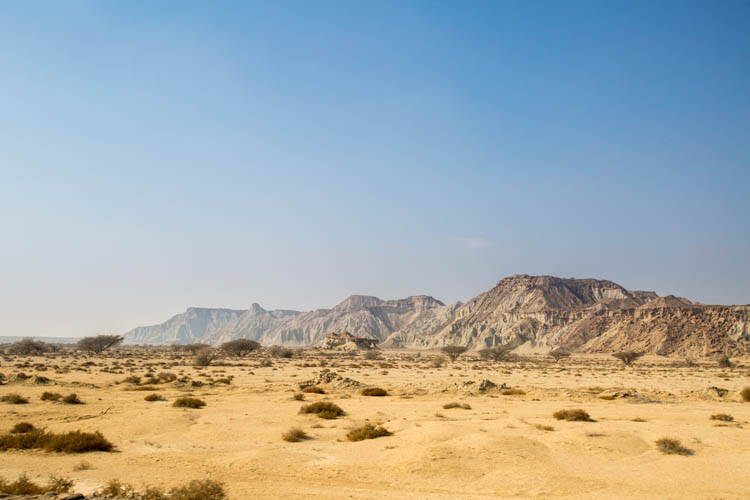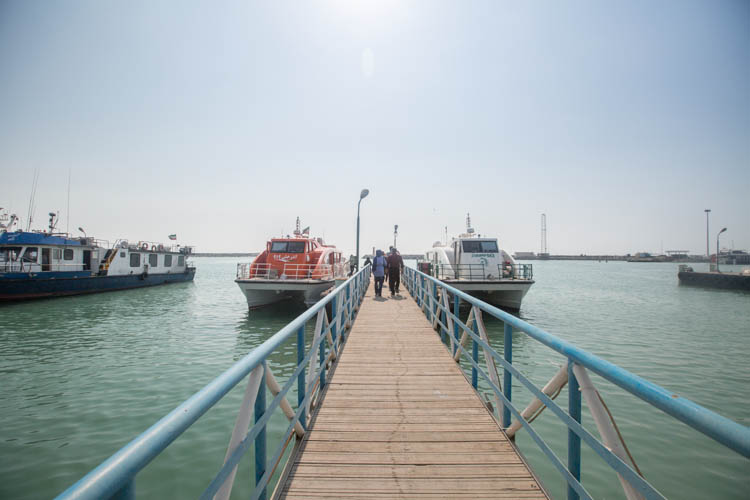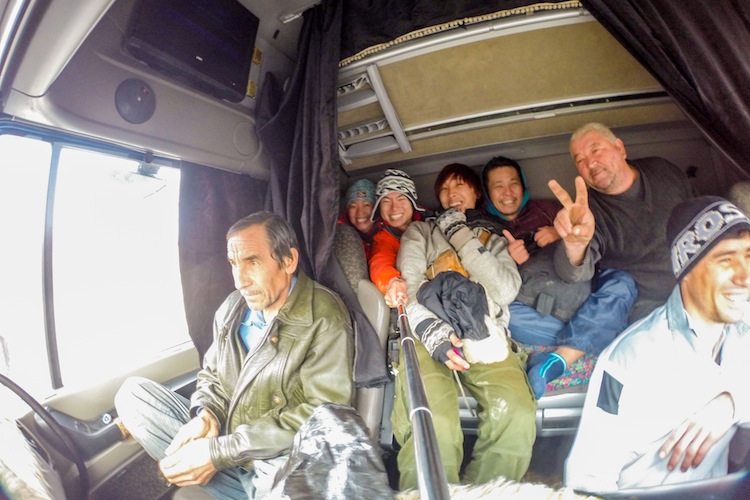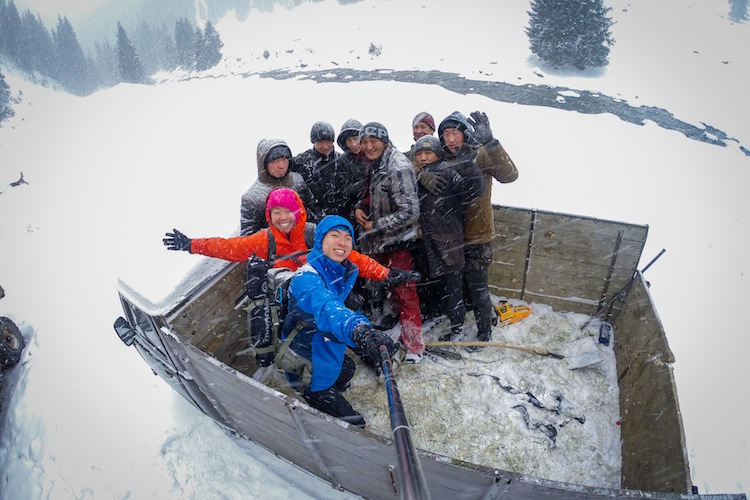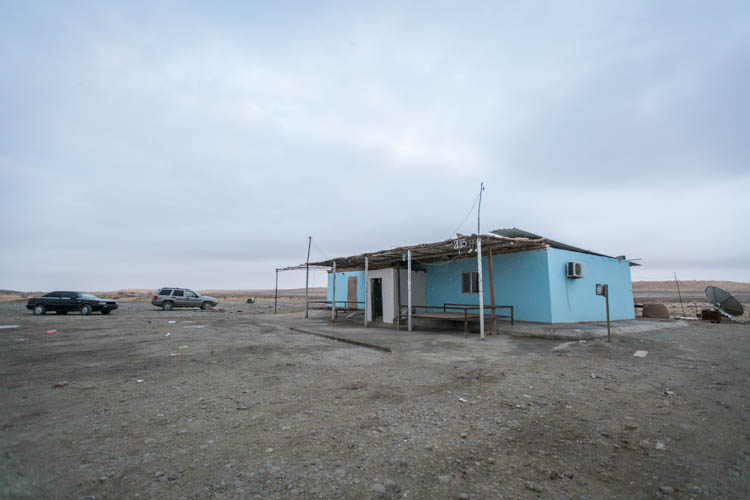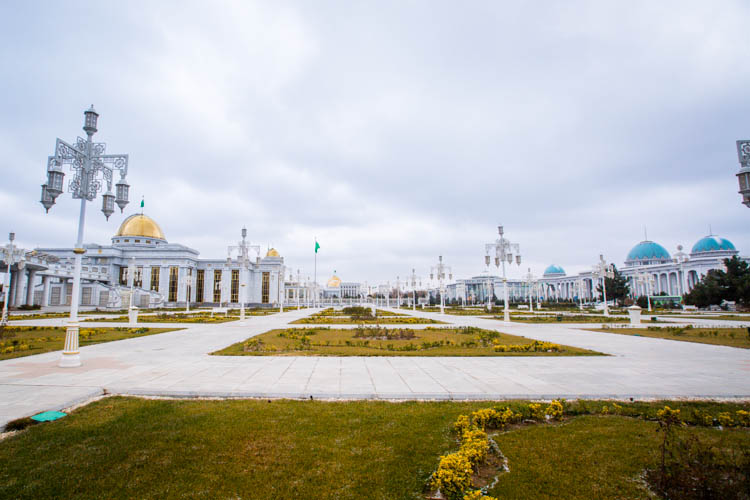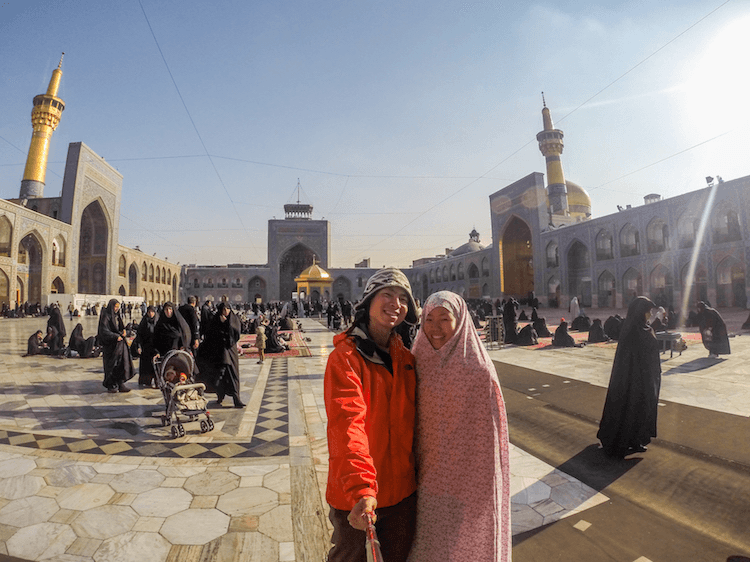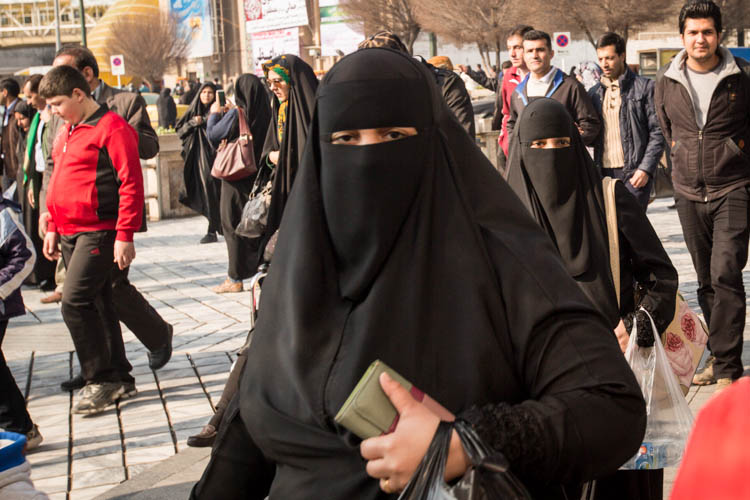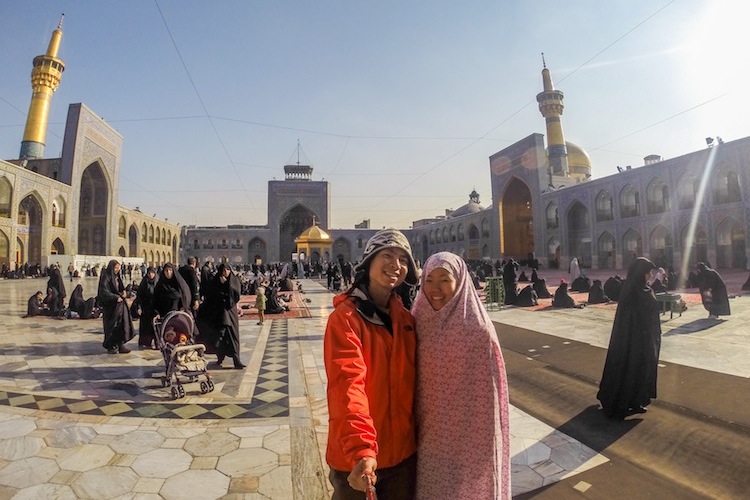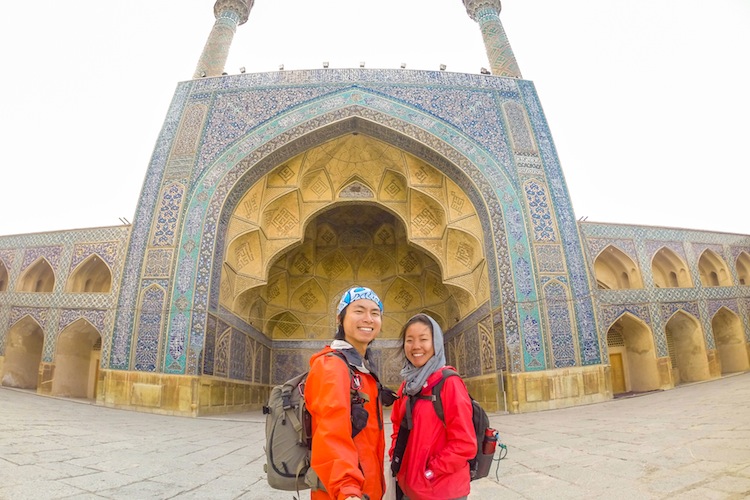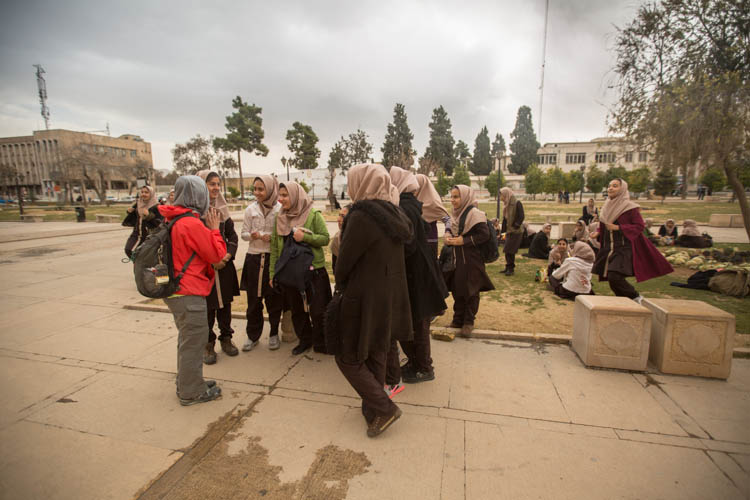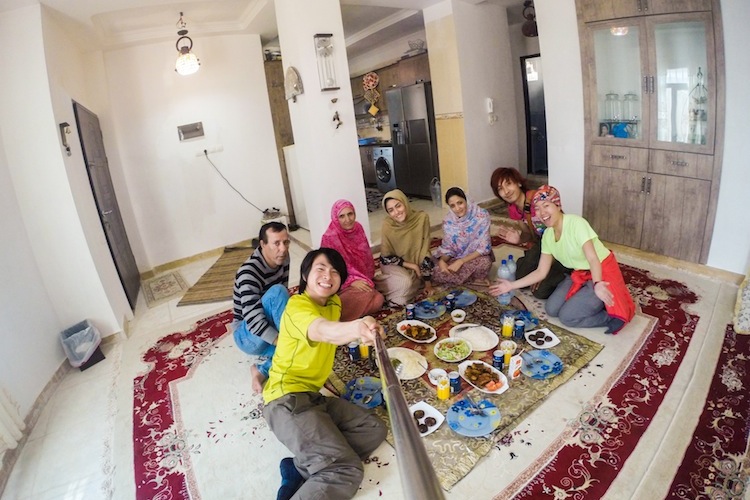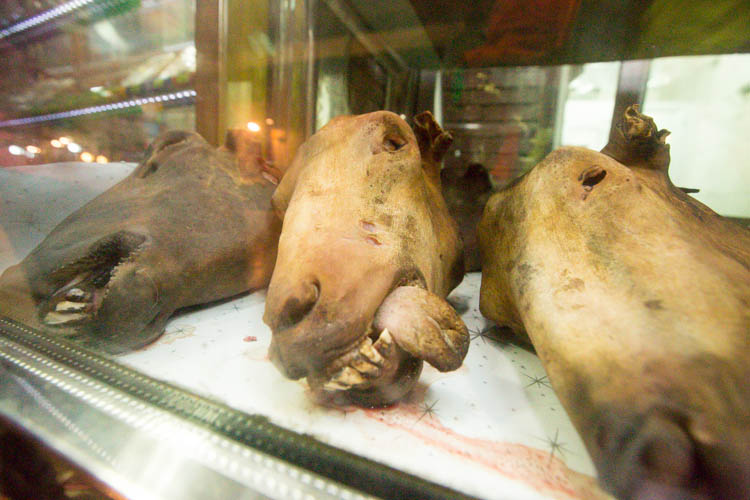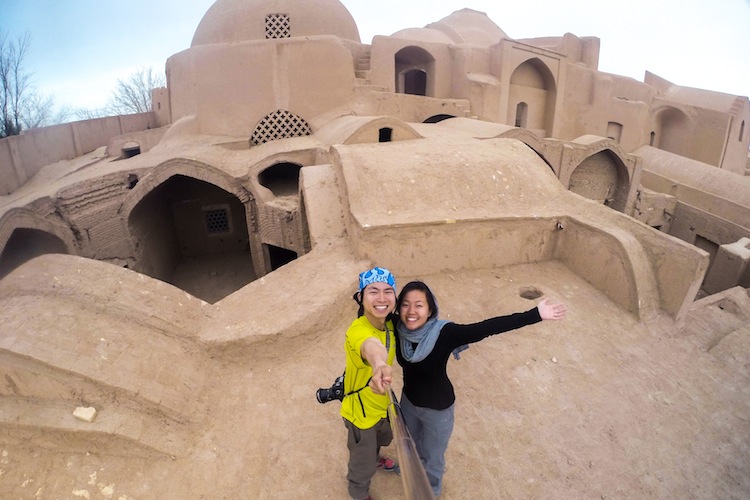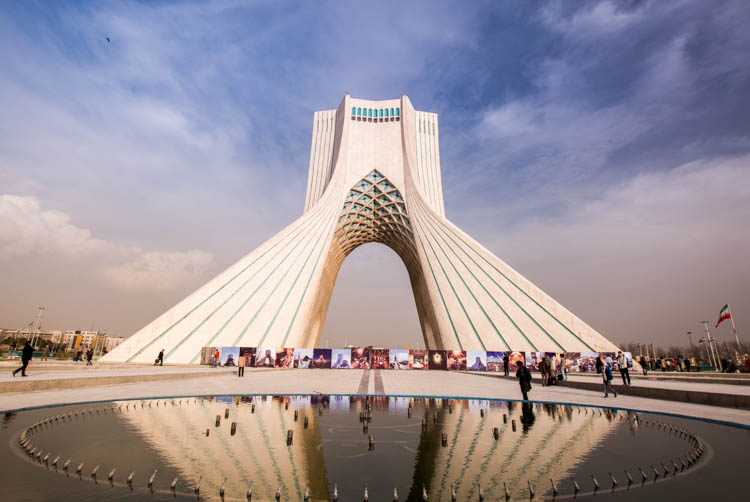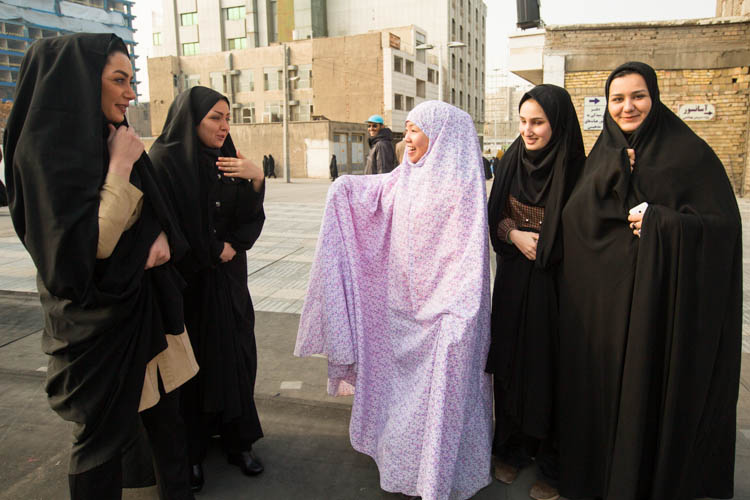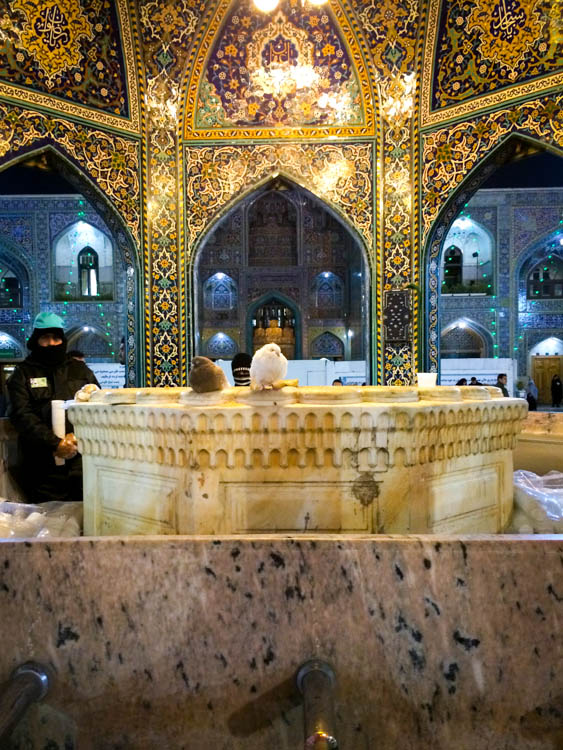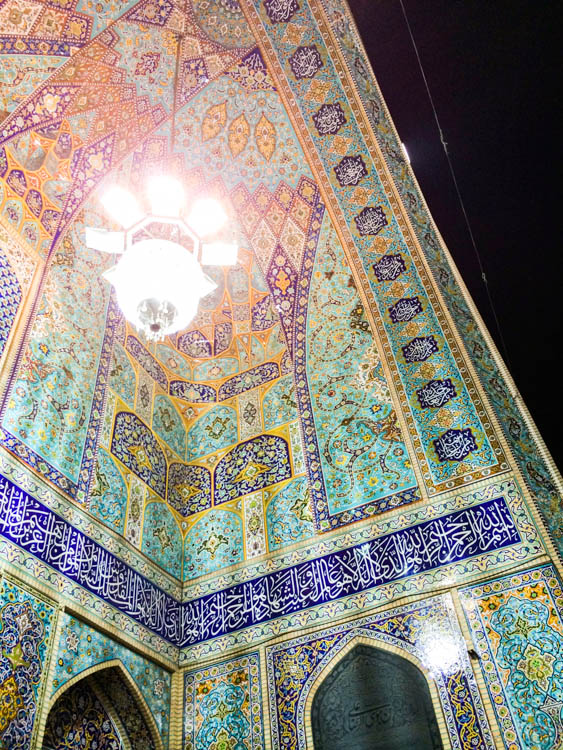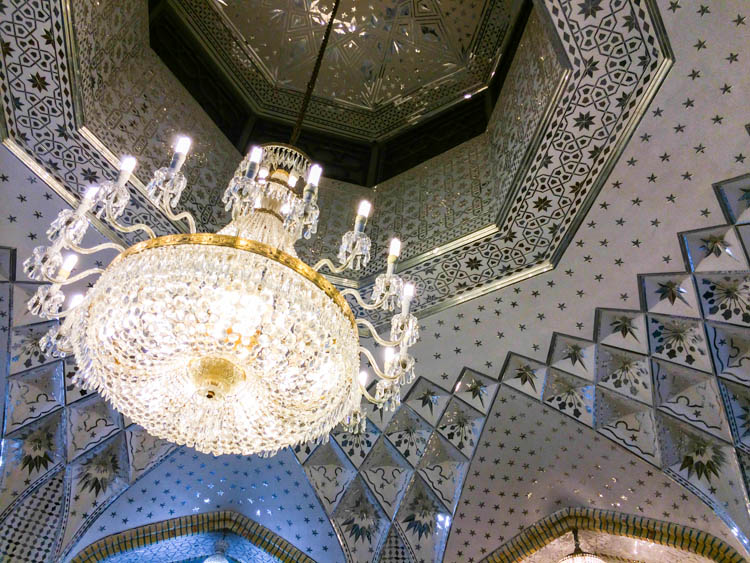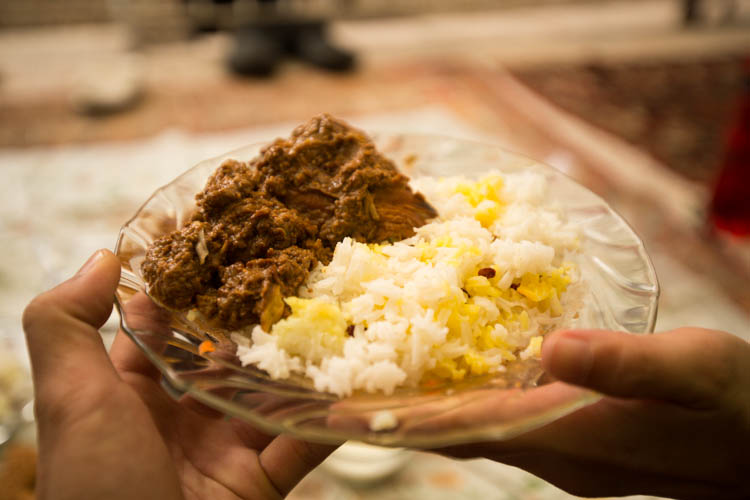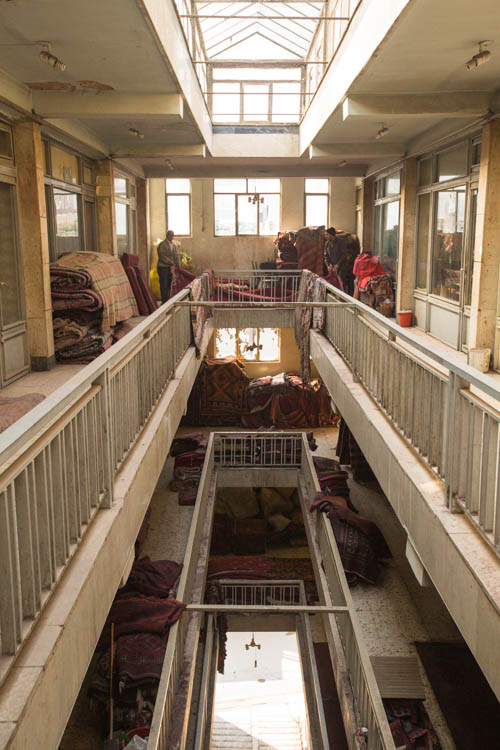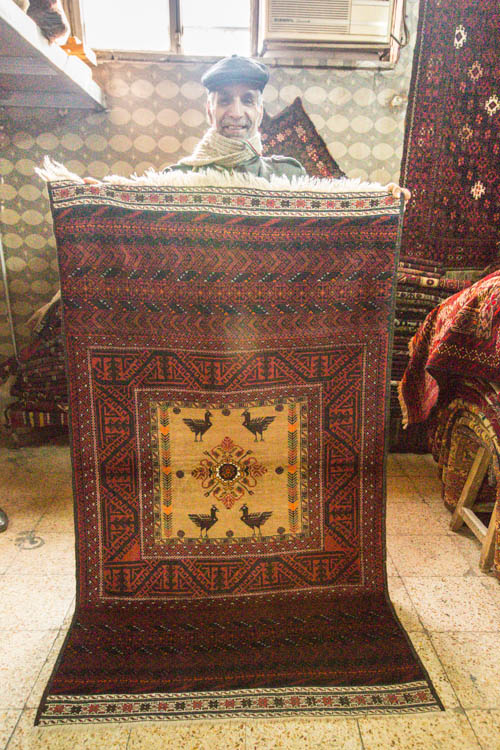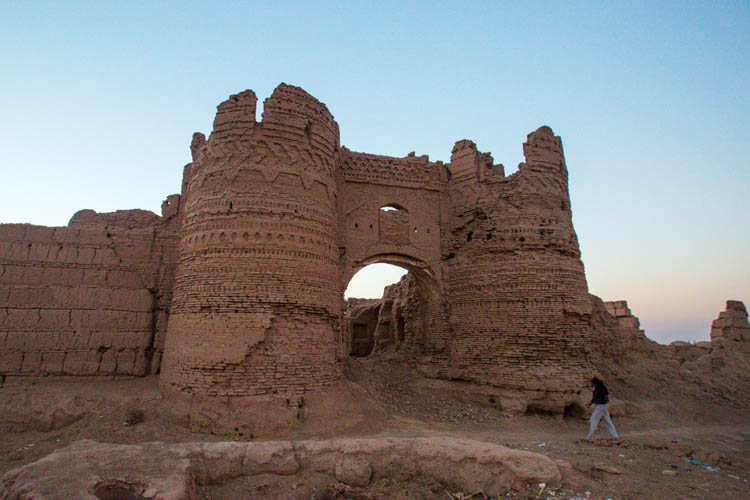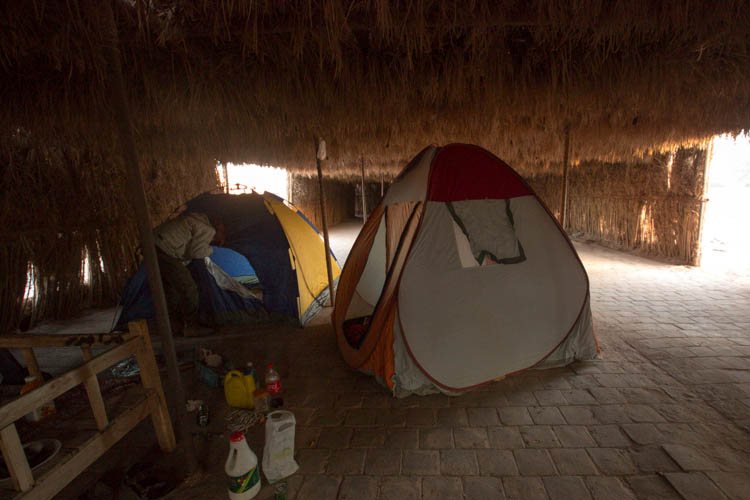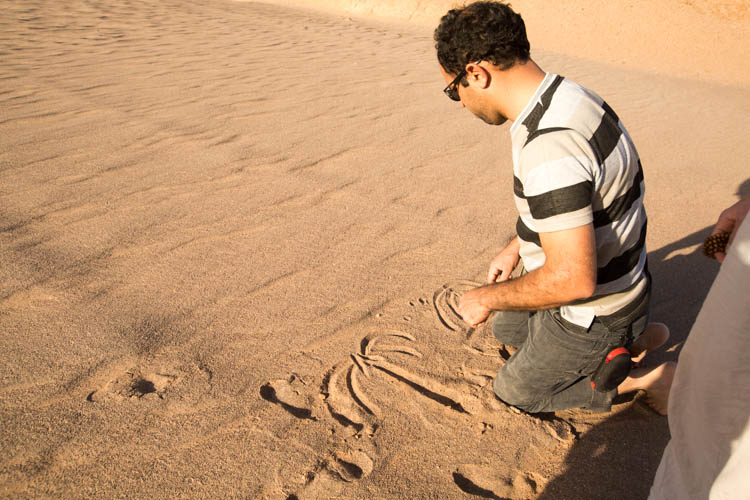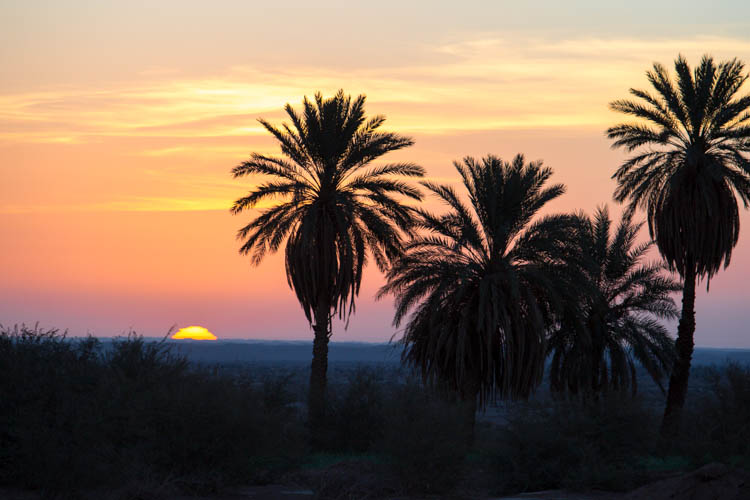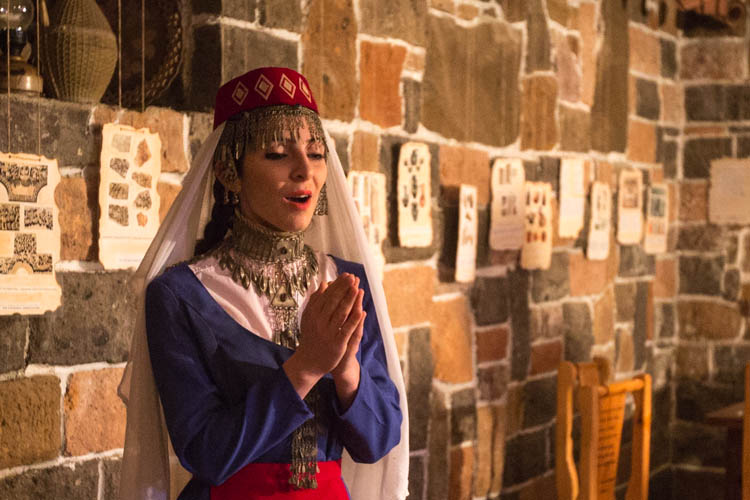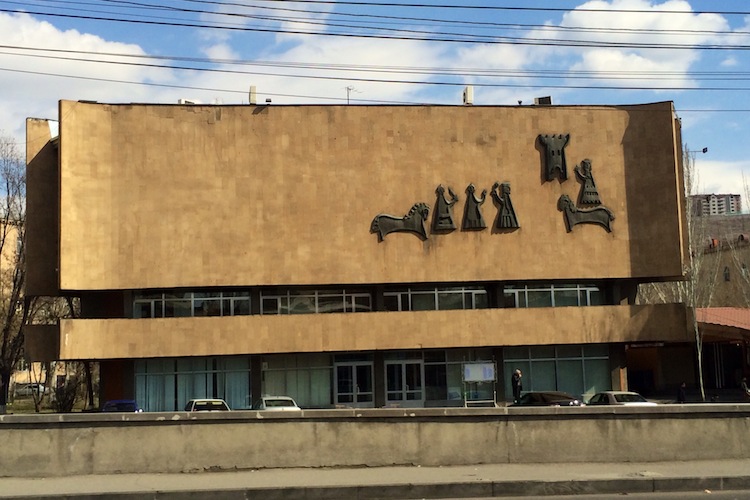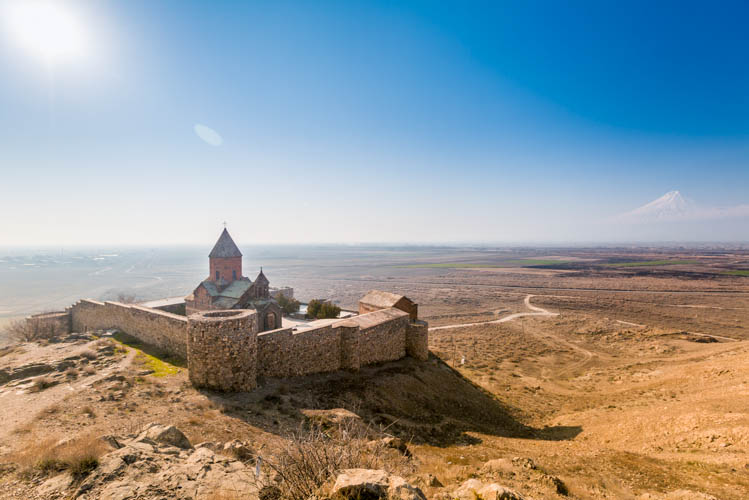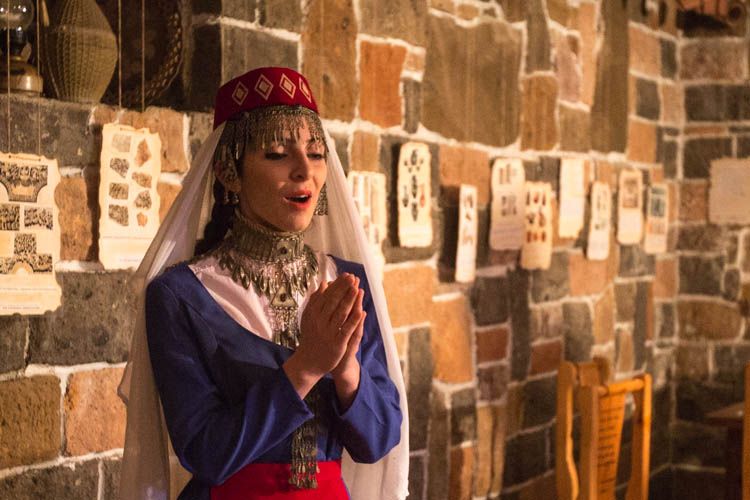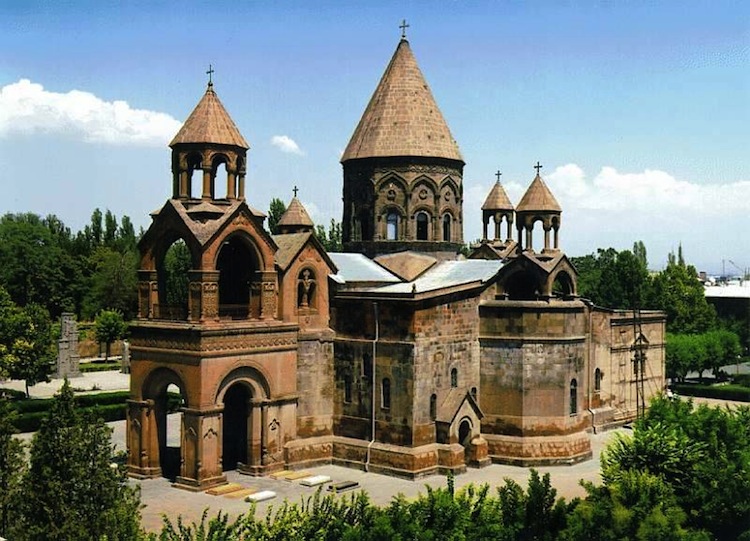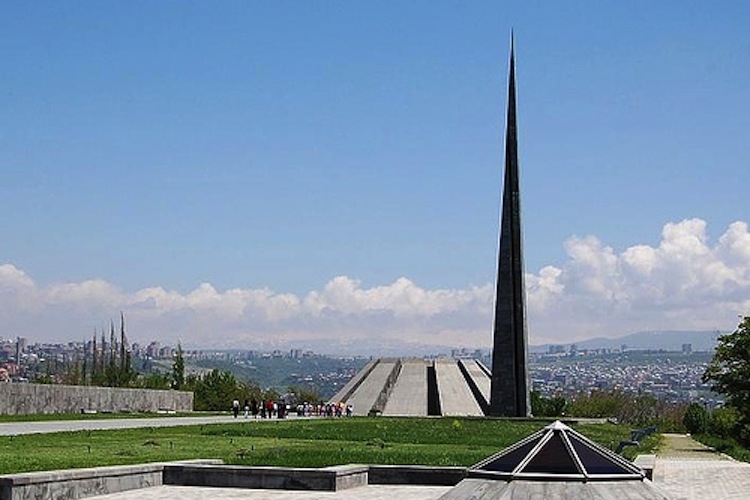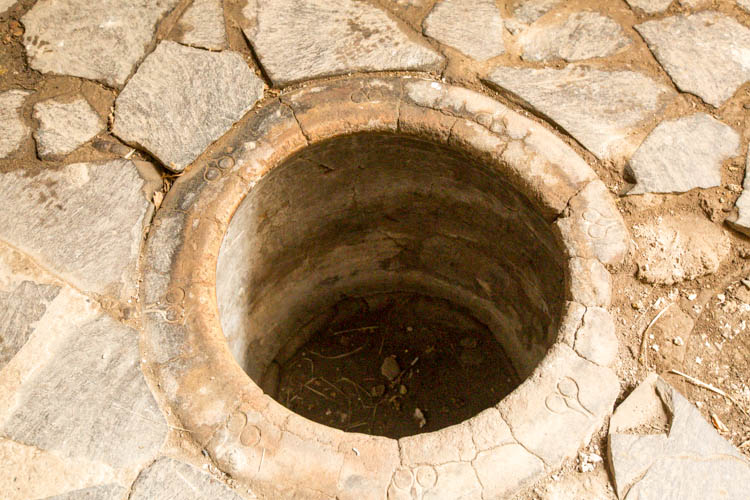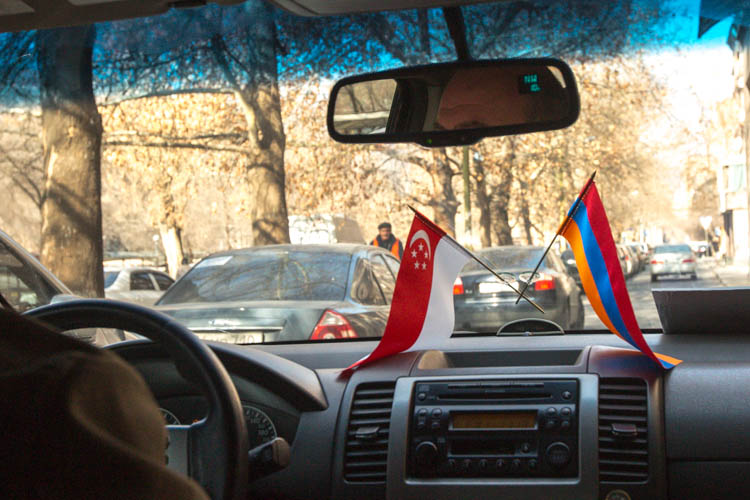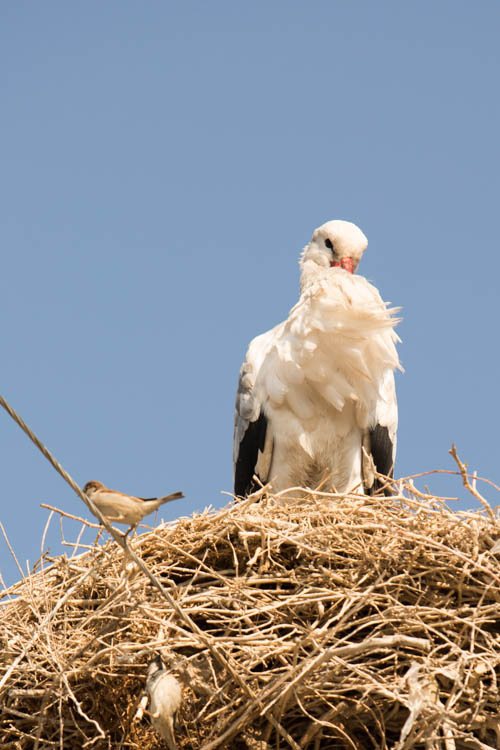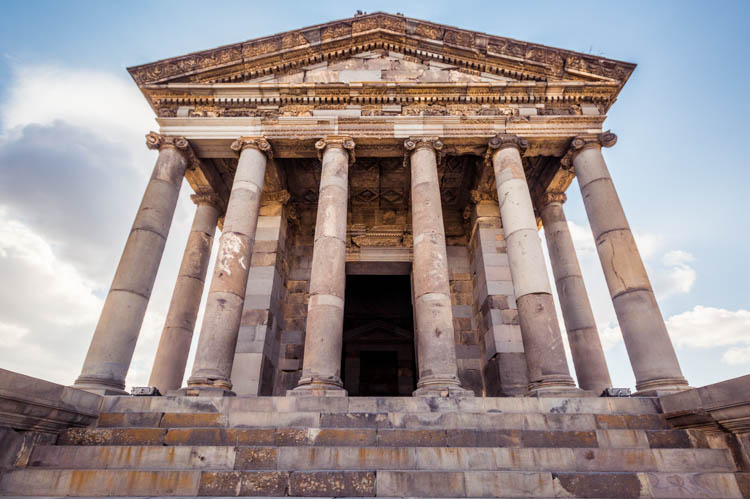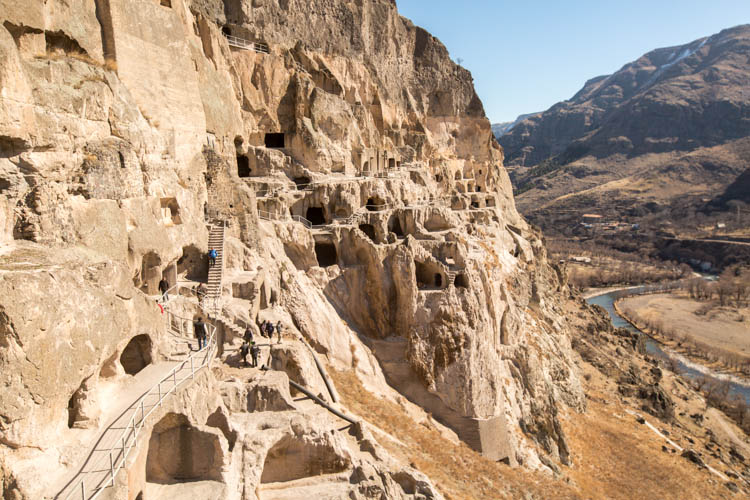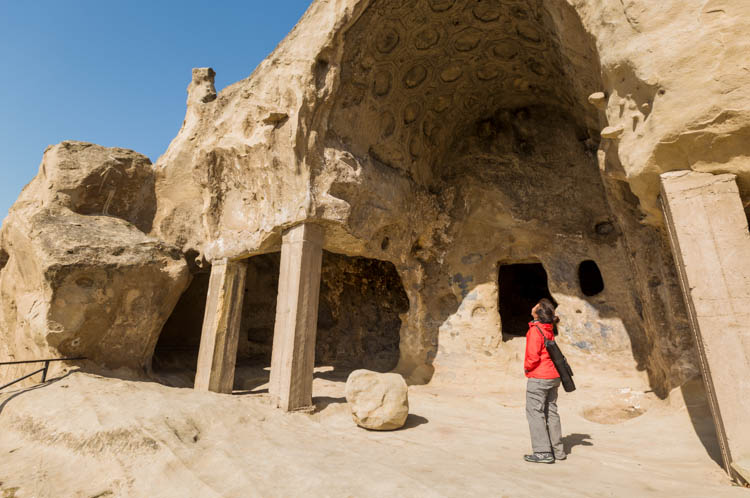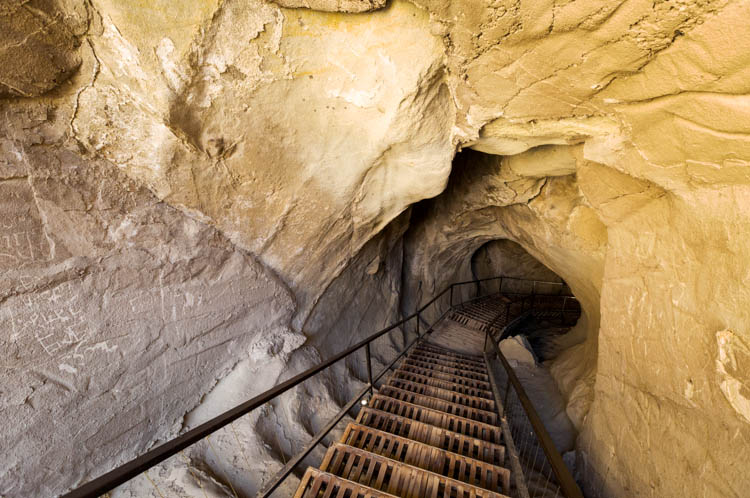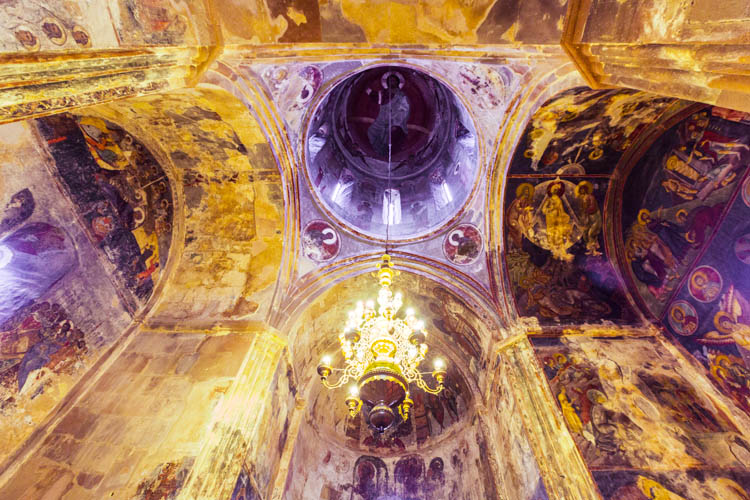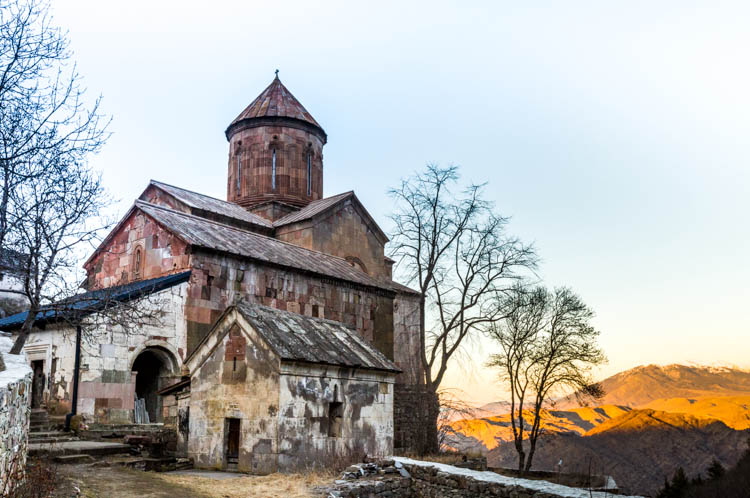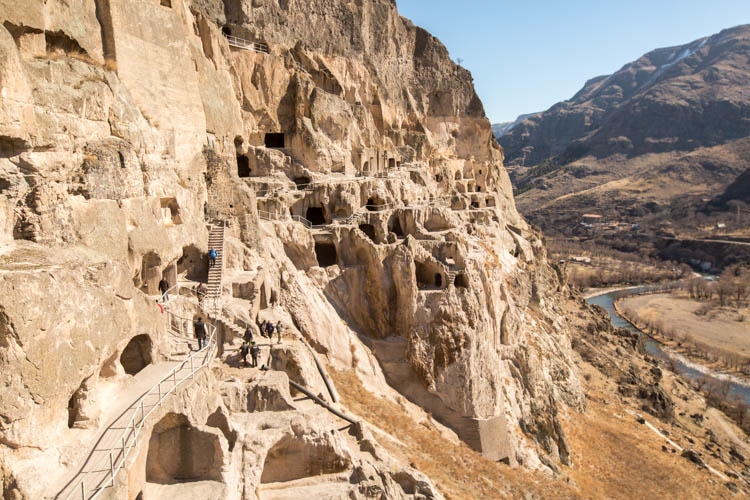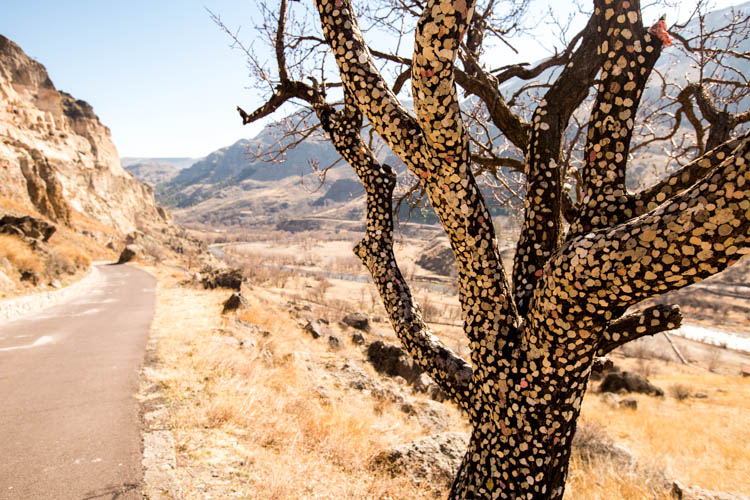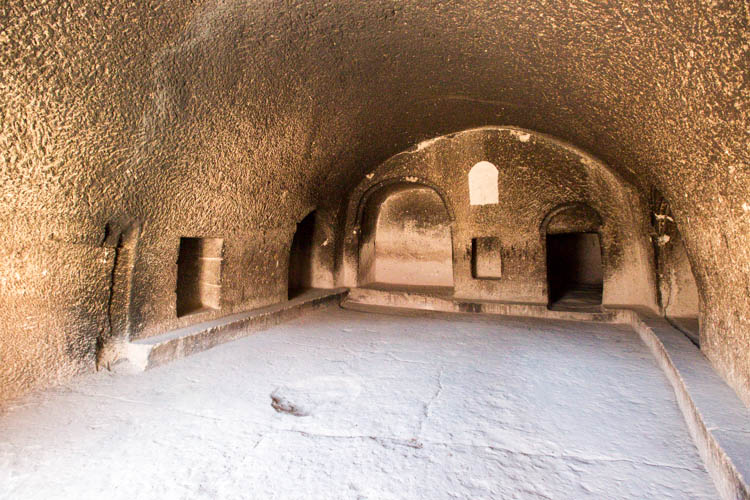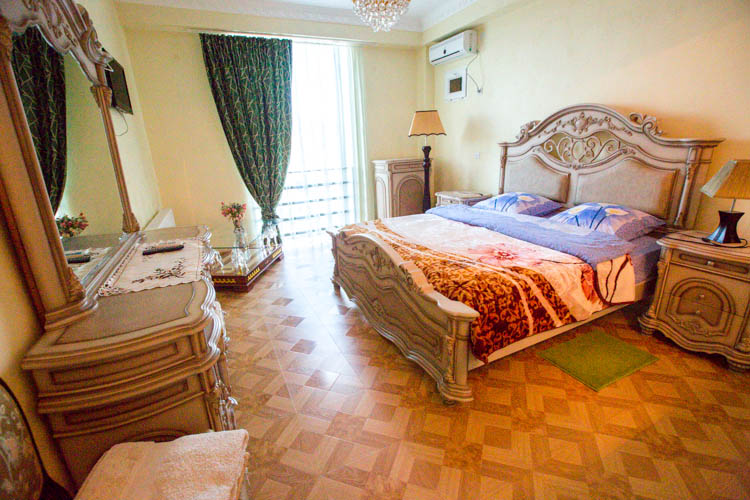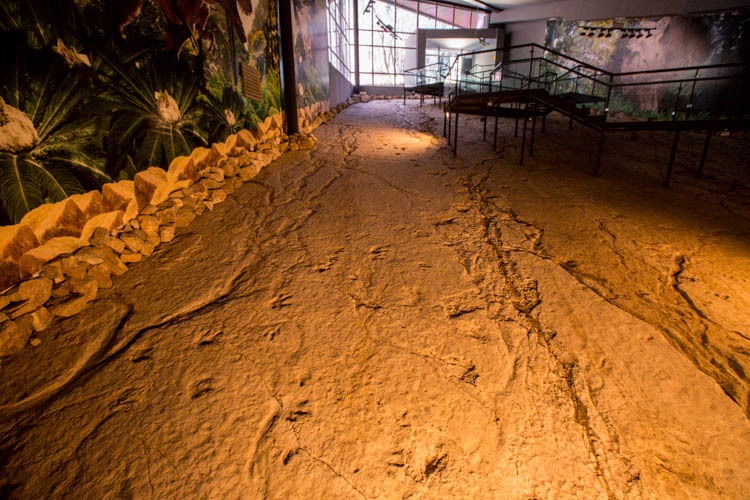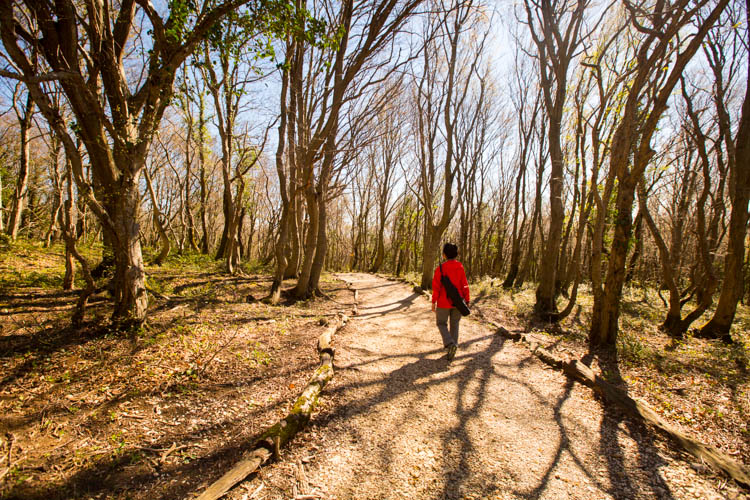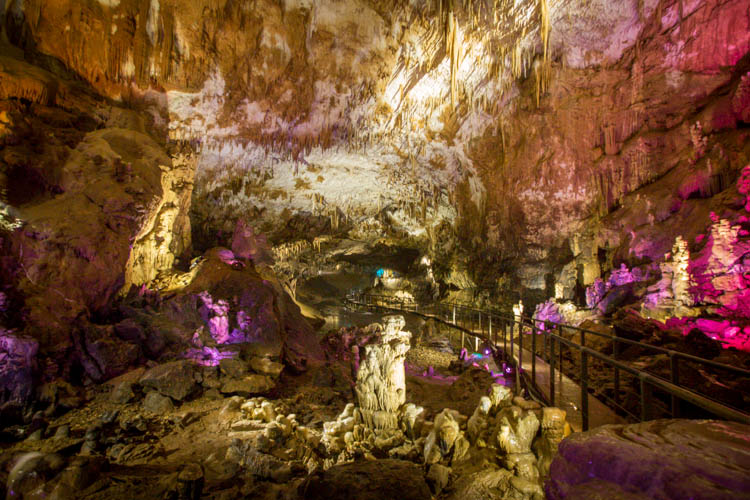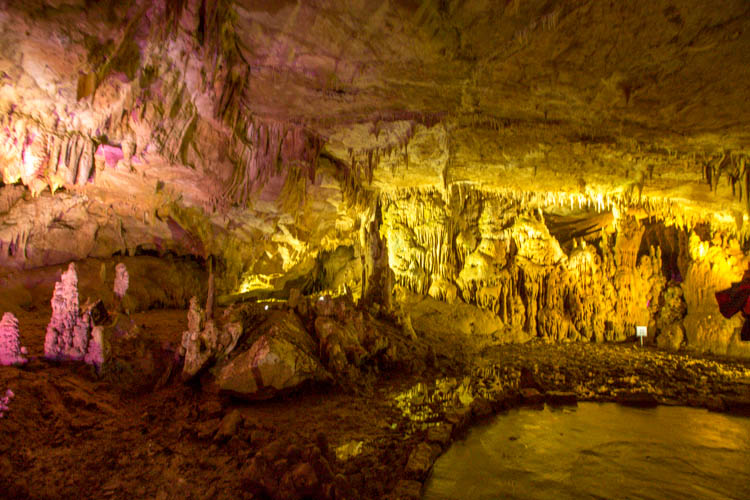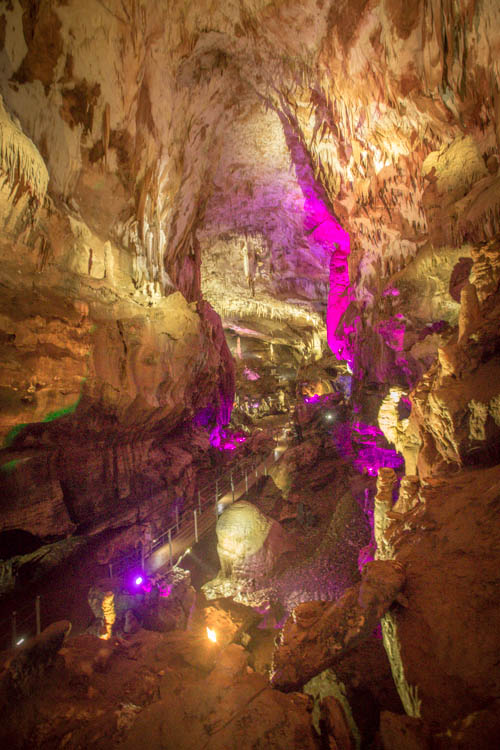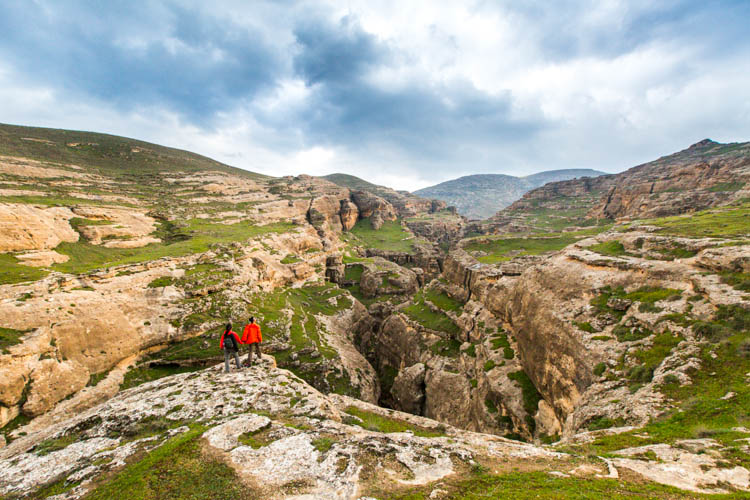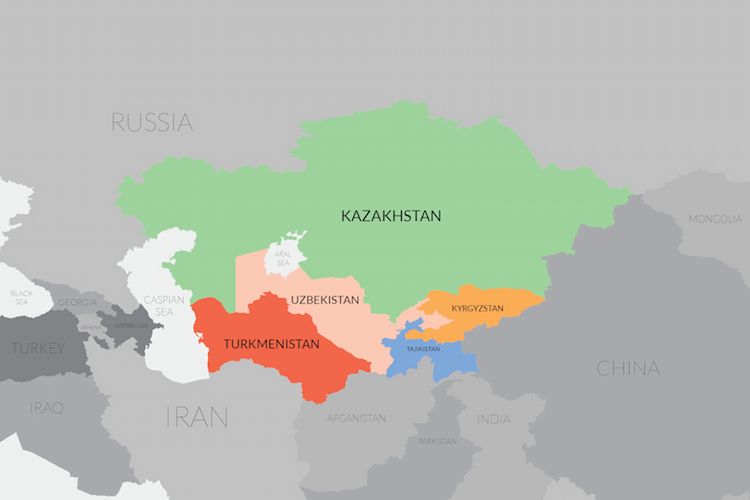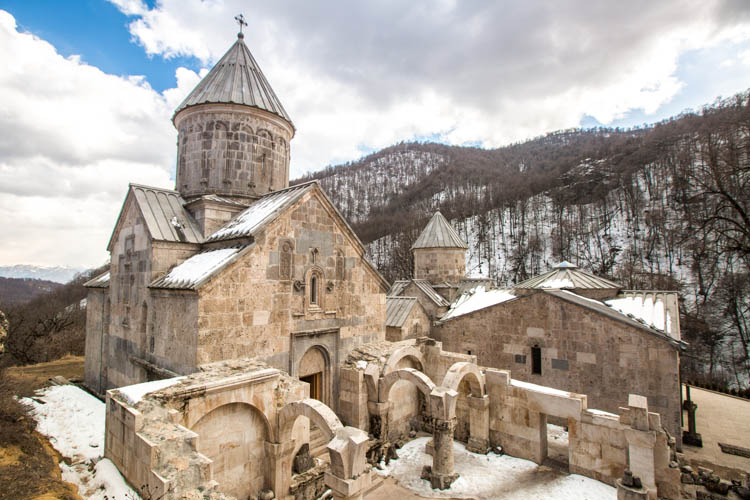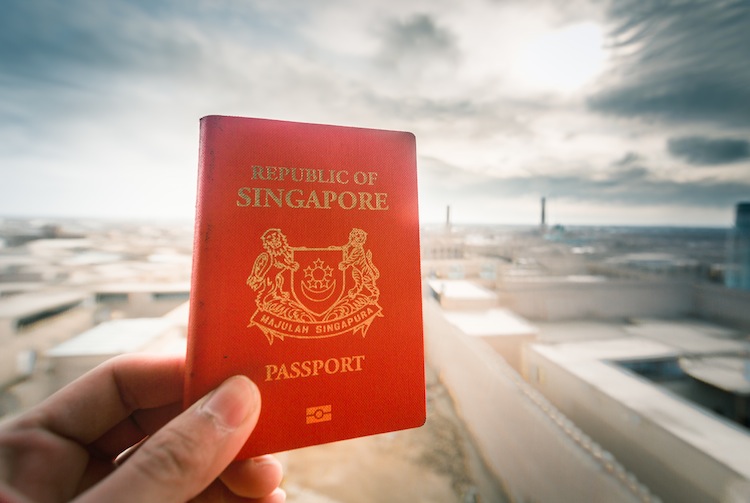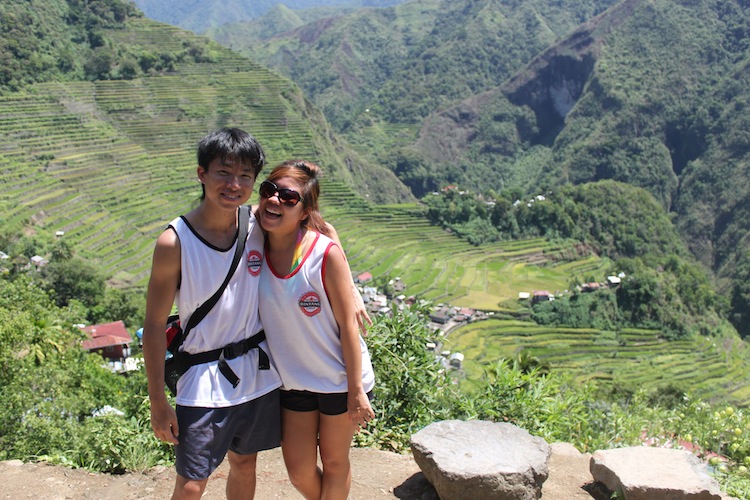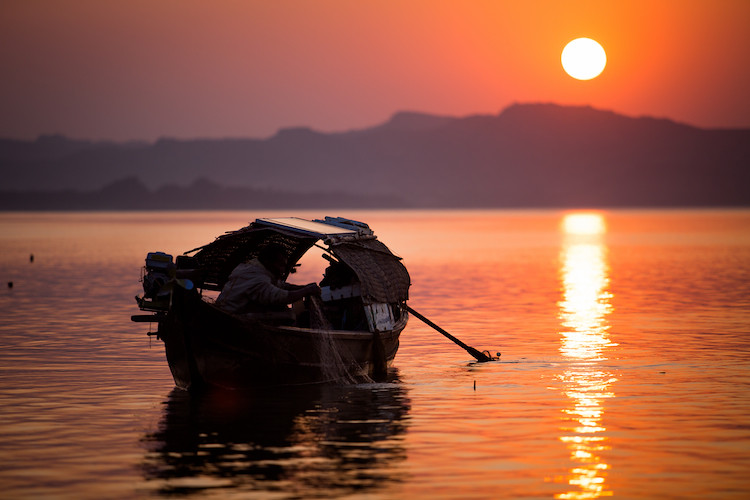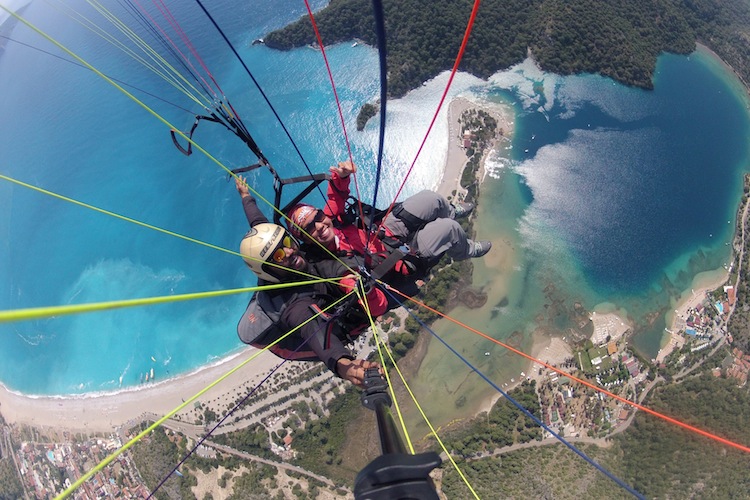
Top Adventures in Turkey
Any adventure travellers out there? You will definitely love Turkey! There are just so many exciting activities to choose from that you’ll end up being spoilt for choice! Here are our favourite top adventures in Turkey.
1. Wind surfing in Alacati
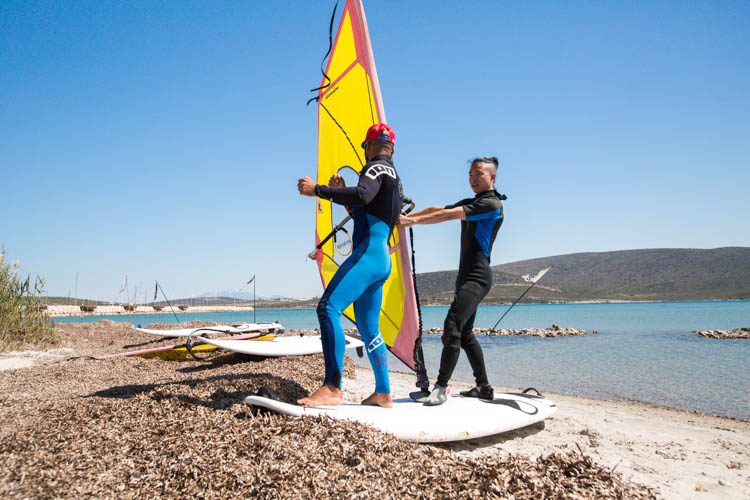
Learning the basics on land first
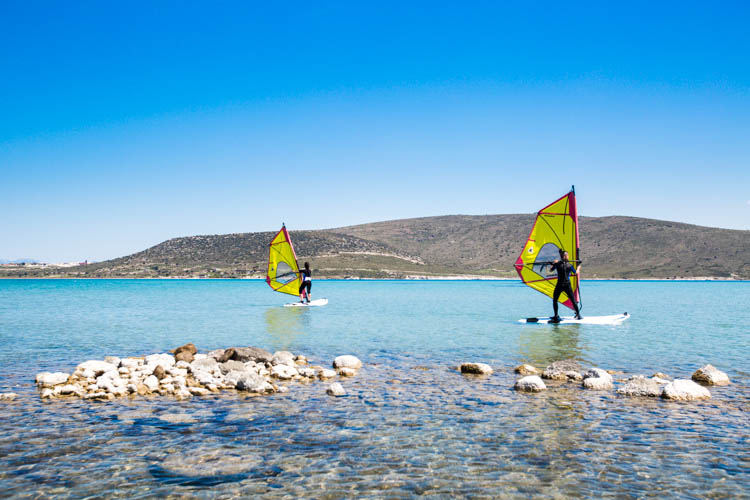
Look how shallow the water is!
Alacati is one of the best place in the world for learning how to windsurf. Think constantly steady winds, shallow waters (the water level is only up to our hips!) and clear blue skies. This was our first time windsurfing and compared to wakeboarding, kite-boarding or surfing, this is definitely the hardest to pick up. Although the winds are not that strong, but the strong waves from the nearby passing boats still made it challenging trying to balance on the board. Apart from maintaining your balance, you still have to pull up the sail (which can be quite heavy especially as you get more tired) and quickly regain the correct position to catch the wind.
Tip: Please learn from our mistake. Never ever go downstream (in the same direction of the wind), it’s gonna be extremely difficult to make your way back to the starting point again! Always go upstream when surfing! Or if you find that you’re drifting too far from the starting point, jump off your board and walk back to where you started.
Where you can learn it: Alacati Surf Paradise Club (ASPC)
We took up a beginner course with ASPC which consisted of 5 modules over 2 days. The time needed really depends on your learning speed and also the wind strength. If the wind is too strong, it’s not advisable for beginners to surf. So usually it’s recommended to set aside 3-5 days when taking this course in case you’re not able to surf on certain days due to strong winds. Our very experienced instructor, Abdurrahim, was very patient with us and did a great job at explaining the basics to us! We can proudly say that we managed to learn windsurfing in just 1 day! Thanks to our awesome instructor!
Cost: 210€ per person (please contact ASPC for updated rates)
Where to stay in Alacati: Ciprika Pension, 120TL (during off peak season). Very beautiful, cozy and clean rooms! With shower and free wifi in the room too! Alternatively, you can also choose to stay at Cesme (20 mins bus ride away) where the accommodation there is much cheaper!
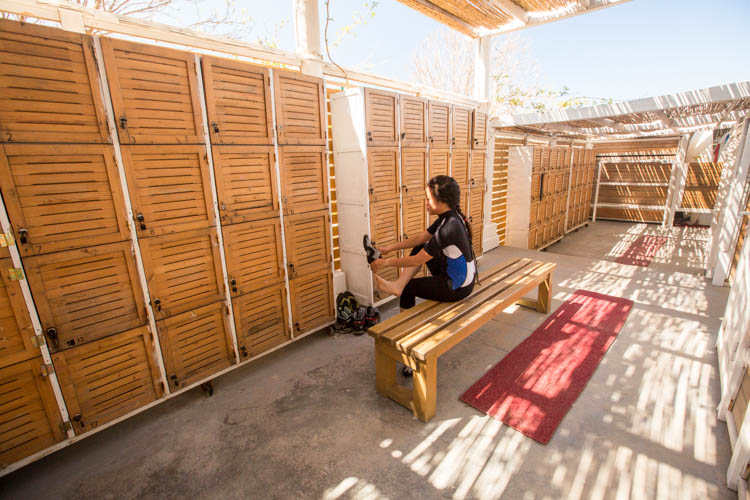
Spacious changing area and plenty of lockers at ASPC!
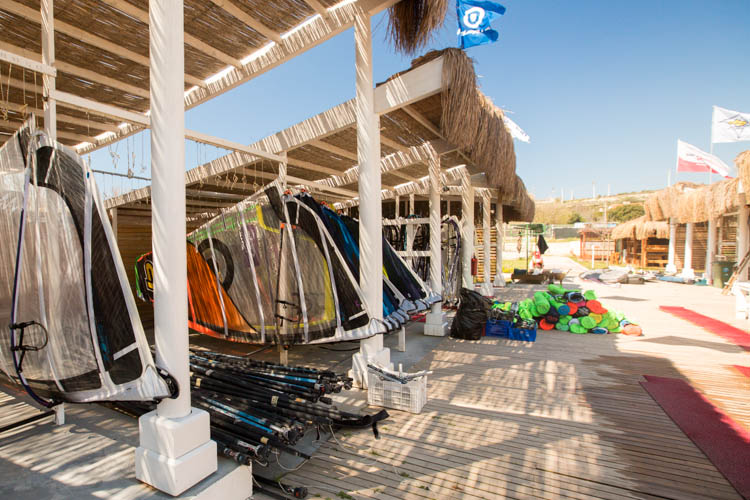
Latest 2014 windsurf and kitesurf equipment
2. Rock climbing at Olympos
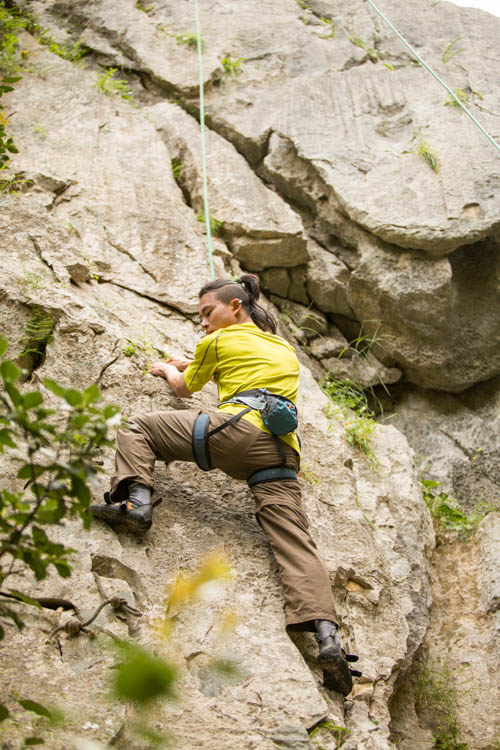

We’ve tried indoor rock climbing before but we’ve never really tried real natural rock climbing before! This was my first actually! It’s really very very fun (albeit tiring), we couldn’t feel our arms the next day! The rock wall here at Olympos is perfect for beginners, very easy to grip with lots of grooves and cracks. For the more advanced climbers, fret not, there are different walls with differing levels of difficulty.
Tip: We would highly advise you to wear a light windbreaker or long sleeved top while climbing as the rocks can be quite sharp and we’ve ended up with some battle scars after climbing.
Where to do it: Climb in Turkey
Yildirim is the founder of Climb in Turkey and he was also our guide for the rock climbing. With more than 20 years experience of mountaineering and climbing, we definitely felt very safe under his guidance. Olympos is a very popular place for rock climbing and there are numerous walls of different difficulty levels for all sorts of climbers.
Where to stay in Olympos: Bayrams, 40TL ($20) for a double room. We requested to stay in a tree house (but don’t bother in winter, it’s too cold and there’s no heater!) which looked like any ordinary hut made out of planks of wood. Very nice garden with a campfire in the middle. Wifi only available in the garden.
3. Diving at Kas
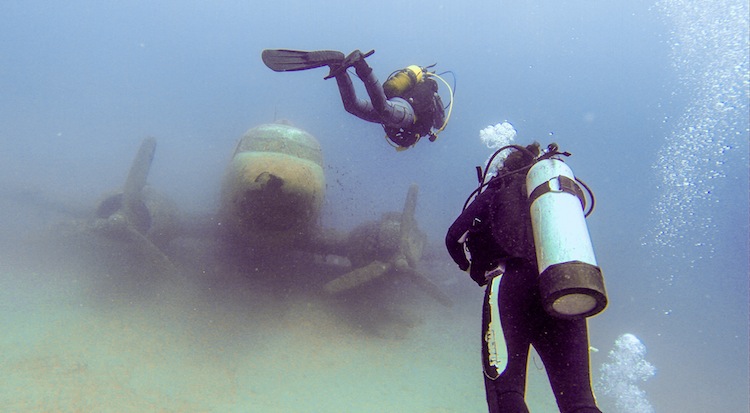
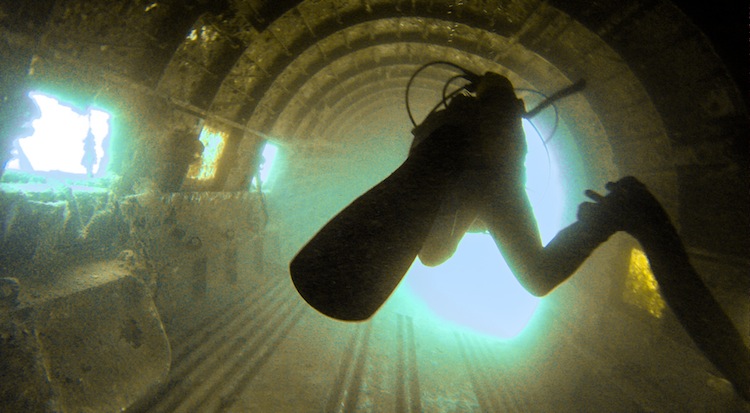
We had the opportunity to do a plane wreck dive at Kas and by far this was one of the coolest that we’ve experienced! It was so cool seeing an entire huge plane submerged underwater! We could take a peek inside the cockpit as well as enter the cargo area which was much more spacious than we expected.
This was our first time diving in Mediterranean waters and we were quite shocked at how different it is from tropical waters! We’ve dived several times and all were in tropical waters where we were constantly surrounded by an array of colourful corals and fishes. But in the mediterranean sea, it’s a whole world of difference. It’s mostly sandy bottom without any corals or colourful fishes. But having said that, mediterranean waters is good for seeing larger fishes such as Jackfish, Barracudas and even sea turtles if you’re in the right season.
Tip: If you’re planning on diving during winter or even spring (we were there in April), brave yourself for the extreme cold! Best if you are trained to wear a dry suit. We were shivering uncontrollably underwater the entire time, it was simply too cold for us to bear!
Where to do it: Dragoman
We dived with Dragoman and Elif arranged for us the dive session. Elif was very pleasant to work with and overall, we had a great time diving with Dragoman!
Where to stay in Kas: Santosa Pension, 60TL for a double room with shower, wifi and free breakfast. Bonus – kitchen available for travellers to use! Friendly and helpful owner, beautiful rooftop terrace with an amazing view of the harbour.
4. Cycling in Chios (Greece)

If you have enough time to spare and you’re around the easter coast of Turkey, you can consider taking a ferry across to one of the Greek islands which is only an hour boat ride away! There’s honestly not much to do in Chios and so we only stayed 1 night and returned back to Turkey the next day. Everything is significantly more expensive in Chios as compared to Greece. We rented bicycles from the 0-Point stations (there’s one near the marina) for 1 Euro per hour. The windmills here were very pretty!
Tip: Only Euros is accepted in Chios and there are no money changers around. So do bring along your ATM card to withdraw some Euros while you’re there!
How to get to Chios: We took a ferry from the Cesme Marina to Chios. The ticket booth at Cesme Marina only opens at 4pm and the ferry leaves at 6pm. Each one way ticket costs 20 Euros.
Where to stay in Chios: Amalia rooms, walking distance from the harbour. Very basic small rooms without toilet and breakfast. Cost us 20 Euros for a double room. Free wifi available.
5. Hiking the Lycian Way
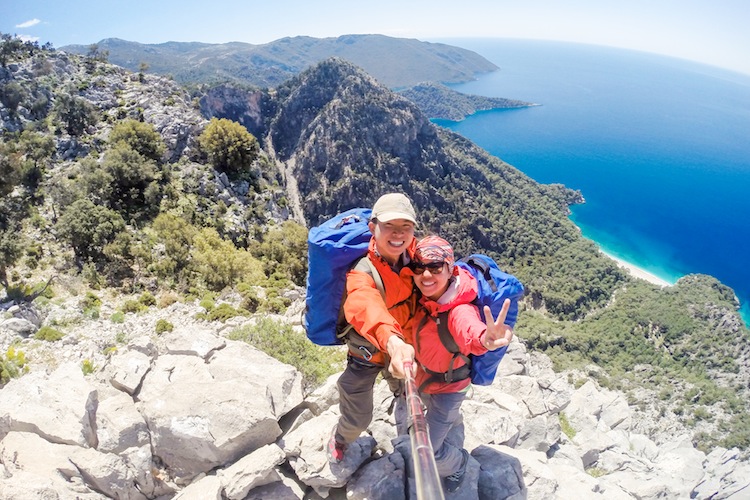
We’ve done quite a number of hikes before and we must say, this is one of the most beautiful hikes that we’ve ever done in our lives! The entire hike is along the coast and the view is fantastic! Just look at the unbelievable azure sea in the photo above! The entire hike is a loooong 500km but you can always choose to do a sample of it like we did. We only hiked 3 days of it and we had one of the best times of our lives! Who knows, maybe one day we’ll be back to hike the entire 500km!
Tip: Bring along enough snacks and water for the journey if you’re hiking during off peak! We went around mid April and there were hardly any shops along the way!
Our route for hiking the Lycian Way in 3 days: Start at Oludeniz – Kabak Beach – Alinca Village – Gey – End at Patara Beach
*We’ll be doing a more detailed post on the Lycian Way hike soon!
6. Paragliding in Oludeniz
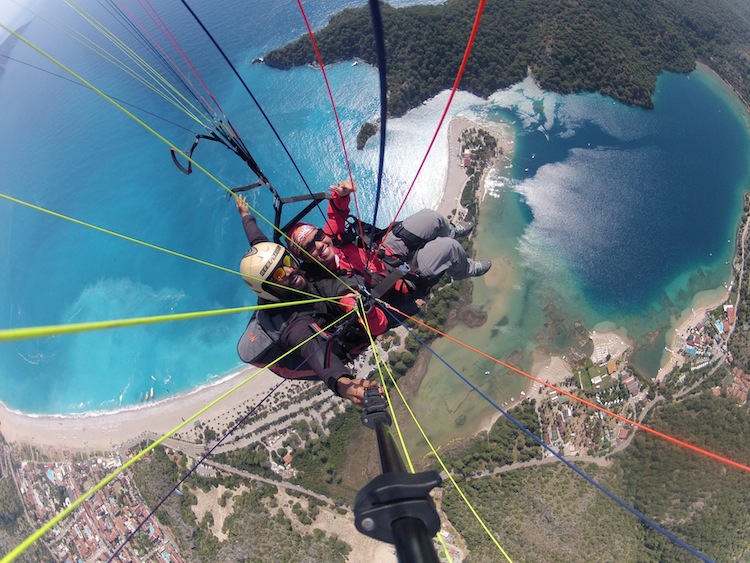
Yes, finally we get to tick paragliding off our bucket list! Oludeniz is a very popular place for paragliding and we can understand why. The views from way above were extraordinary! Especially when you overlook the picturesque blue sea and butterfly valley. Note that the photo is unedited and without filter! No kidding! It’s that perfect! In terms of fear factor, compared to sky diving or bungee, this is nothing! Unless you have a phobia of height, you should definitely give this a try!
Where to do it: We did our flight with Focus Paragliding and we were very satisfied with their service! All of their instructors were well trained and experienced. Your instructor will have his own GoPro and will take all of the photos and videos for you. You’re not allowed to bring your own camera. After the flight you can view all of your photos and videos taken and then decide if it’s worth paying additional for it. Well we did and we felt that it’s definitely worth the extra bucks! 🙂
We hope you’ve enjoyed our adventures! Now it’s your turn to try out the above activities!




